Shopping for a wrist brace can be daunting, especially if you don’t know what features to look out for. It’s important to pick the right one because it will be part of your everyday routine.
A good wrist brace should provide the support you need without being too uncomfortable or restrictive. Let’s take a look at what you should consider before buying a wrist brace.
Choosing the right wrist brace for your health condition
The first step in choosing a wrist brace is understanding what type of support you need. Are you looking for relief from chronic pain? Injury prevention? Support for a weakened joint? The answer will help guide your selection process as different types of braces are designed for different purposes.
Carpal tunnel sufferers need a brace that has a curved splint under the wrist into the palm of the hand, to keep your hand in the neutral position.
You may also want a softer brace you wear in bed at night, to keep your hands from curling while you sleep (creating a fist while you sleep can exacerbate carpal tunnel pain). A padded brace makes it less likely that you will accidentally injure your spouse if you roll over unexpectedly while you sleep!
If you have osteoarthritis look for a brace that is cushioned, with some thumb support, as the CMC (thumb) joint is particularly prone to arthritic wear and tear.
With rheumatoid arthritis, the key to relief is finding an adjustable brace capable of responding to fluctuating inflammation levels, with the compression necessary to relieve pain.
If you are recovering from an injury like a fracture, look for a brace that will immobilize your wrist, with more rigid splinting, ideally with extra splinting on the top (dormer) side of the hand.
Factors to consider when choosing a wrist brace
When choosing a wrist brace, comfort and support should be your top priority. The best braces are adjustable so that they can be tailored to fit your exact measurements. Look for models with adjustable straps, laces or Velcro closures that allow you to find the perfect fit and adjust it as needed throughout the day. This will ensure maximum comfort and stability while wearing the brace.
The material of your new wrist brace is also an important factor. Look for breathable fabrics that won’t cause skin irritation or overheating while still providing adequate support and protection against further injury.
Depending on how active you are, there are also more rigid braces made from materials such as plastic or aluminum that offer greater stability but may feel stiffer than other models. Custom braces created by hand therapists are usually made from a material called thermoplastic, which is not very breathable.
Open fingertips allow you to use your hands without needing to remove the entire brace. Make sure any additional features such as padding or straps don't add unnecessary bulk which could interfere with your movements during normal activities. After all, the goal of wearing a wrist brace is so that you can keep doing the things you enjoy.
Get the right fit for your wrist brace
Finally, it’s time to choose your specific product! When selecting a wrist brace, make sure that it fits snugly yet comfortably around your wrist without cutting off circulation or feeling too tight.
Take note of how easy (or difficult) the brace is to put on and take off; sometimes these details can make all the difference. Grace & Able wrist braces feature a unique 'easy on-easy off' zipper to save you readjusting straps every time you need to remove your brace.
Conclusion: Find the right wrist brace for you
No matter what type of activity level you have, there's definitely a wrist brace out there that suits your needs perfectly! Comfort and support are essential when selecting a brace; make sure it's adjustable enough so that it fits snugly but not overly tight around your wrists while allowing enough flexibility in movement so that it doesn't impede on any activities of daily living.
Additionally, consider factors like material quality and design features which may add extra convenience and comfort when wearing the bracelet throughout the day. With these tips in mind, finding the right wrist brace should be easy!
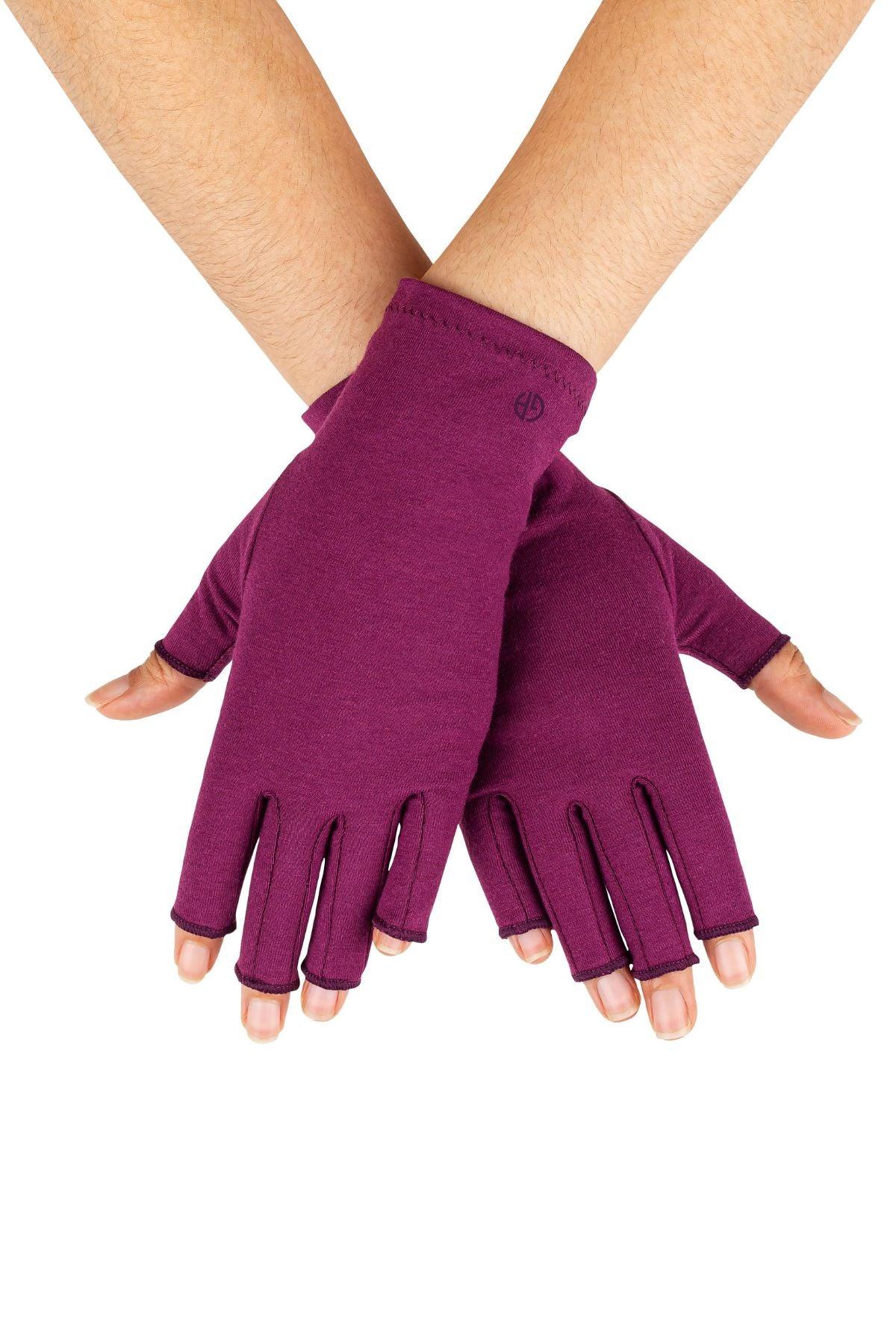
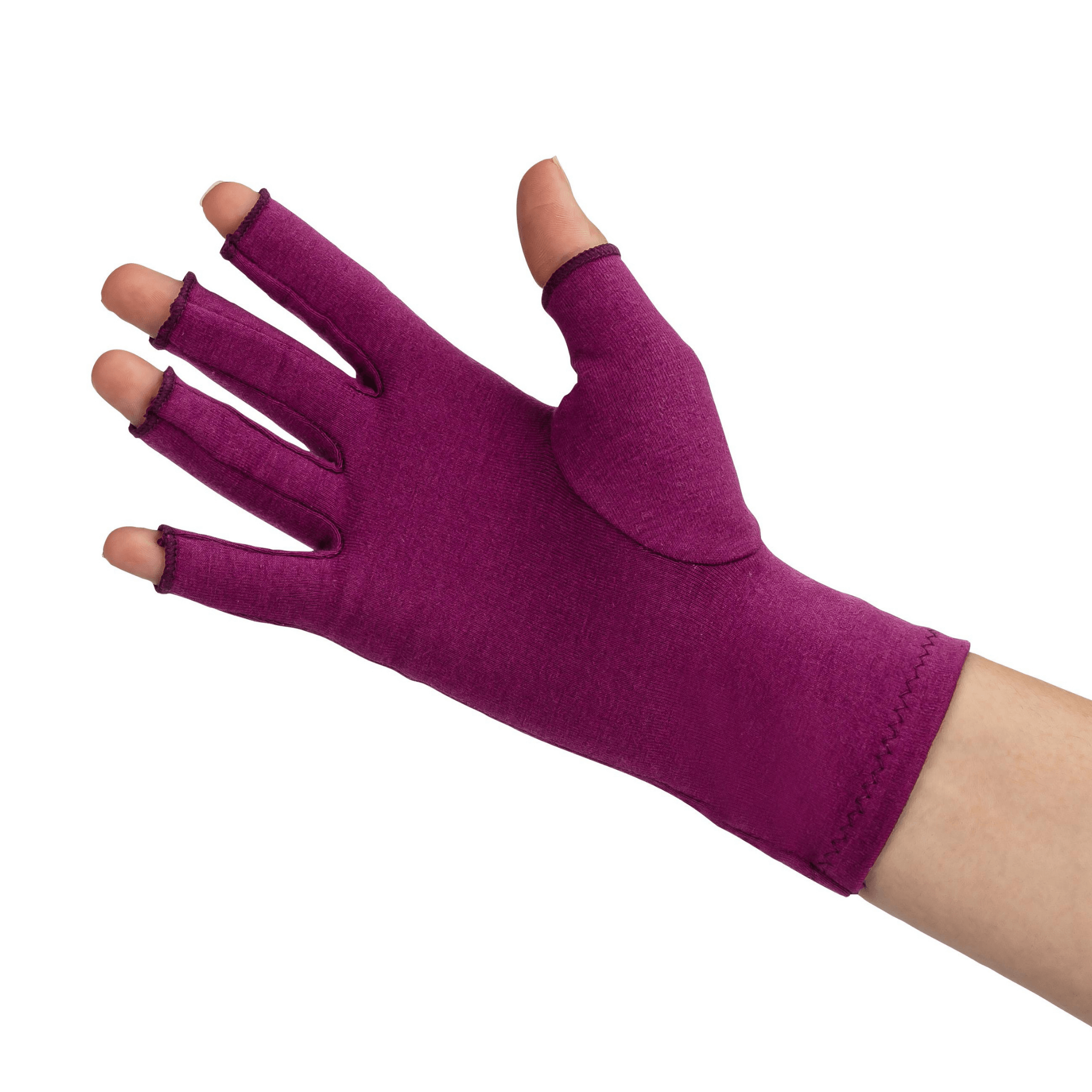

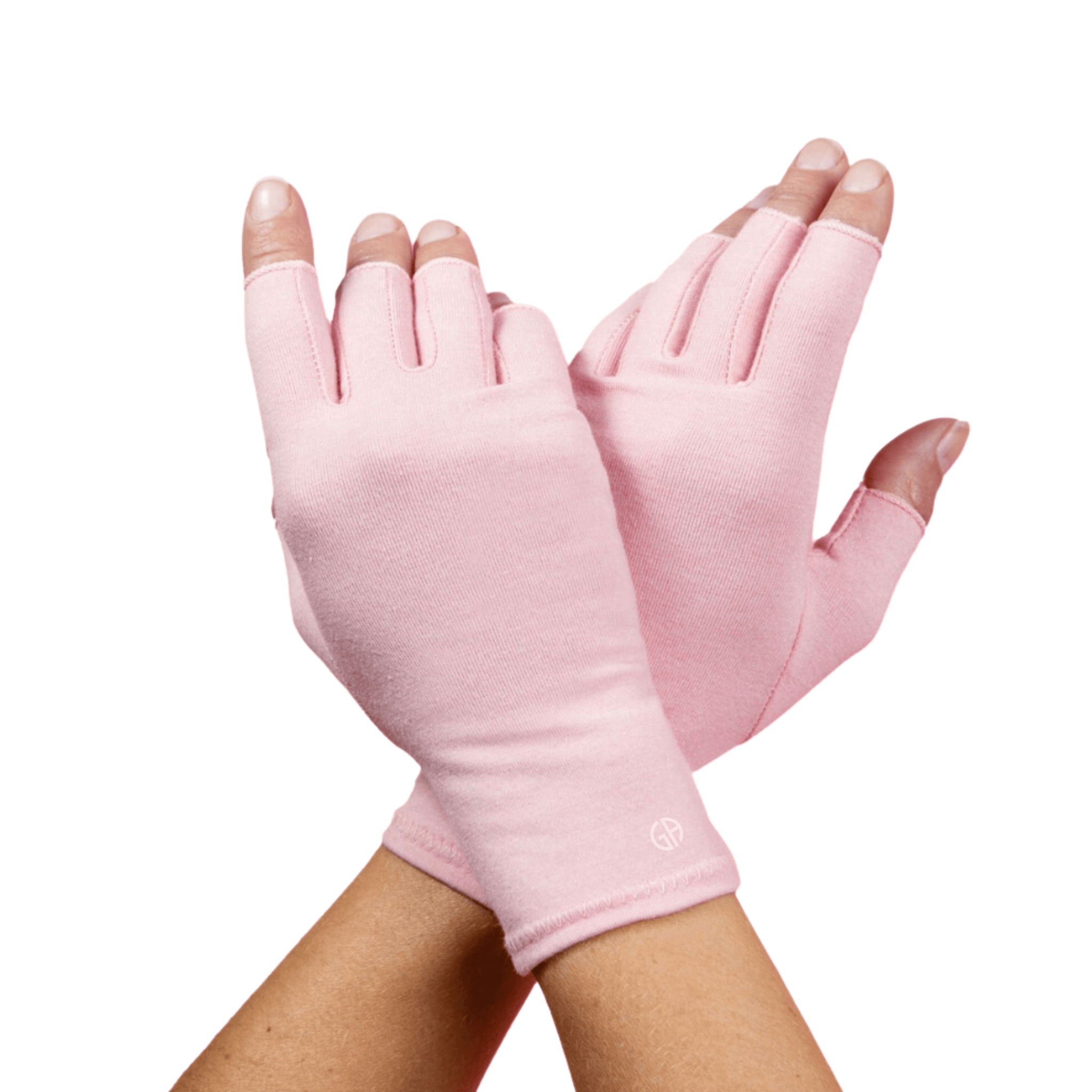
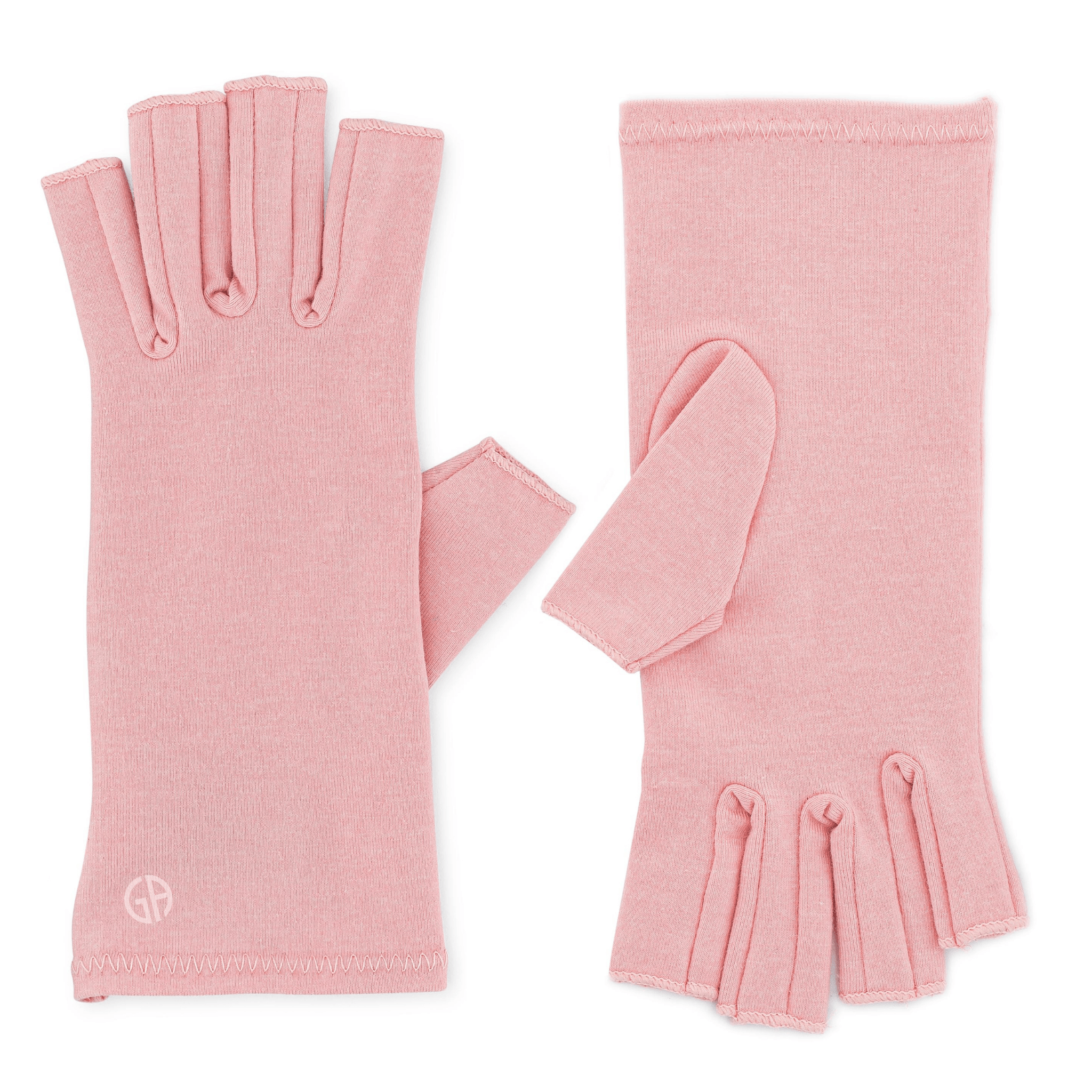
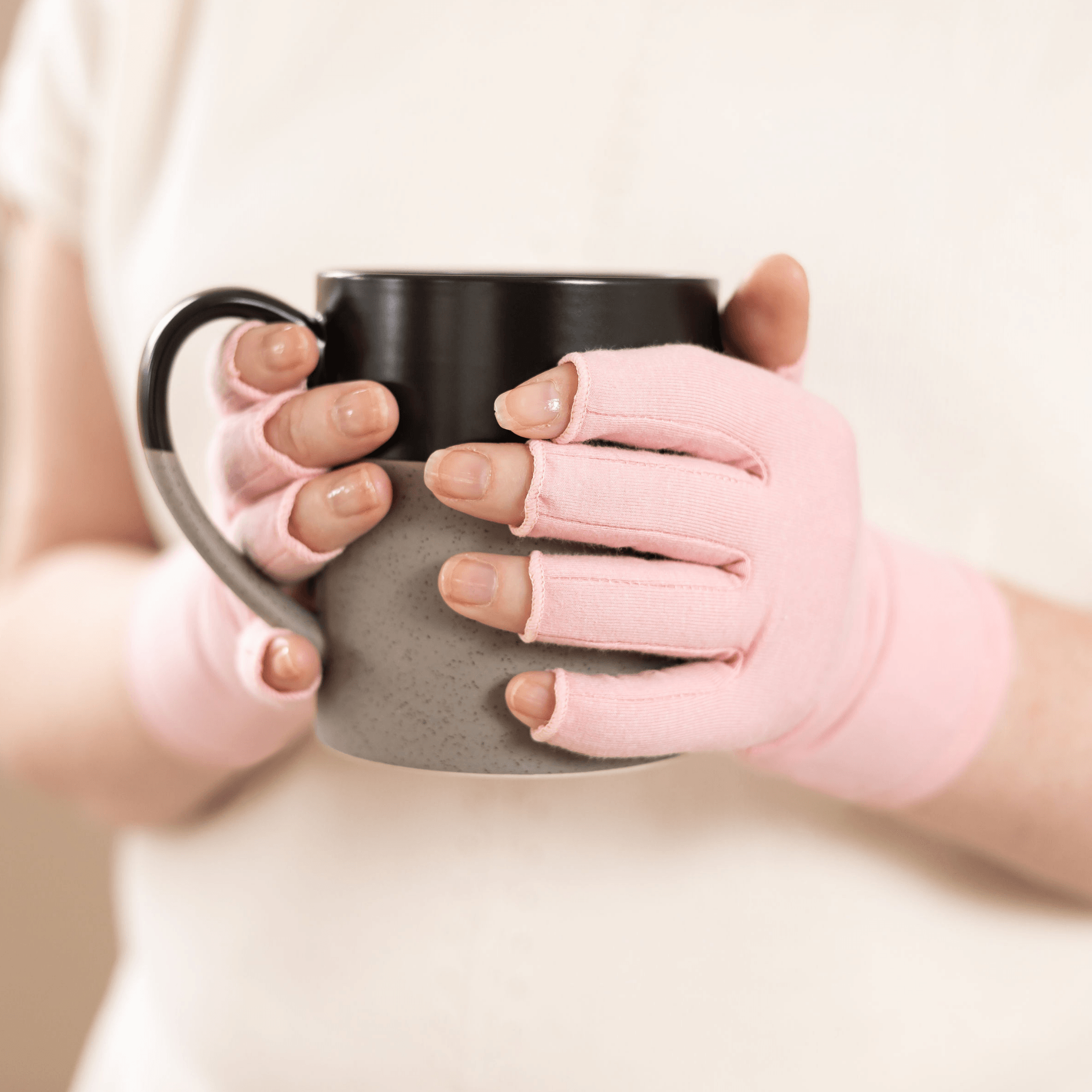
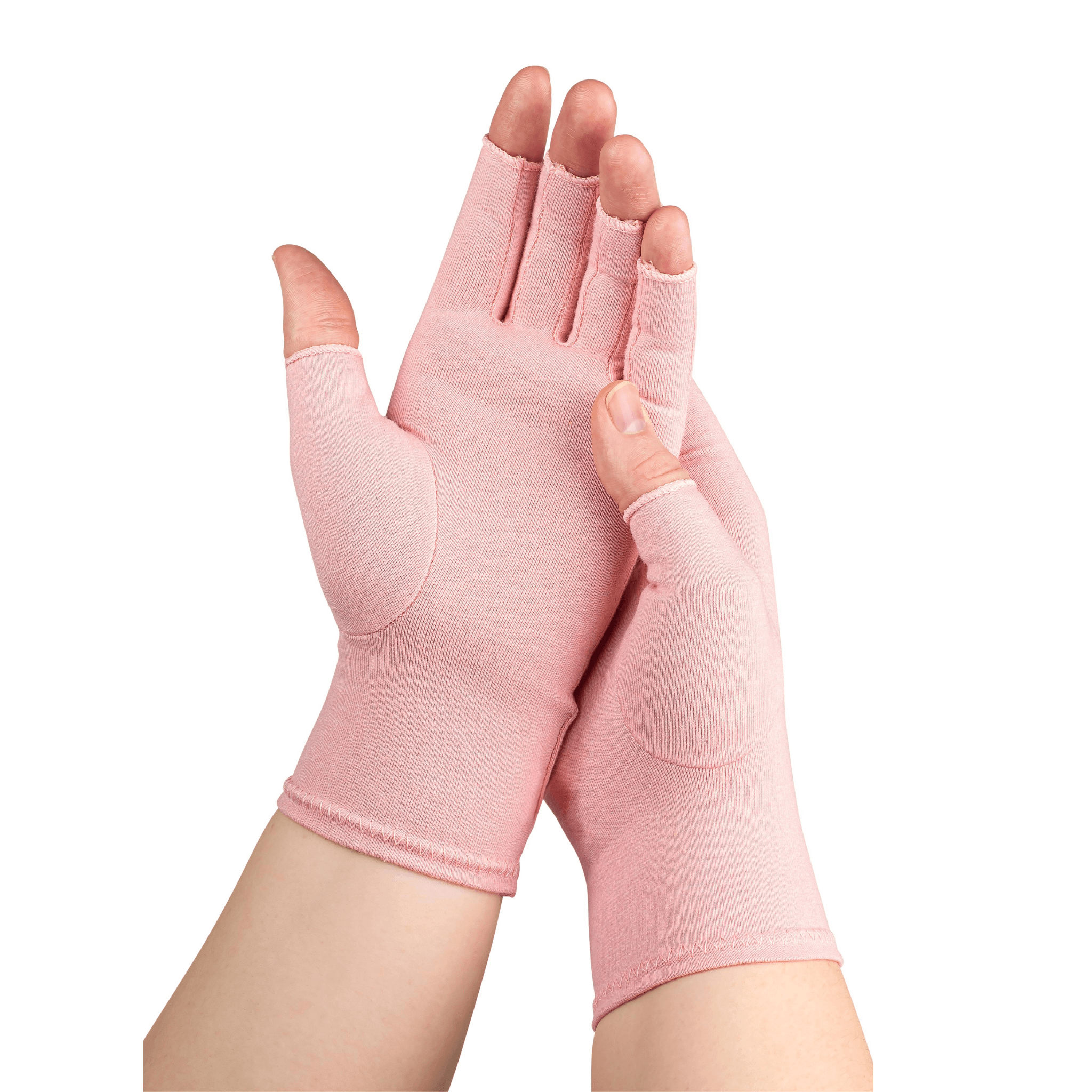
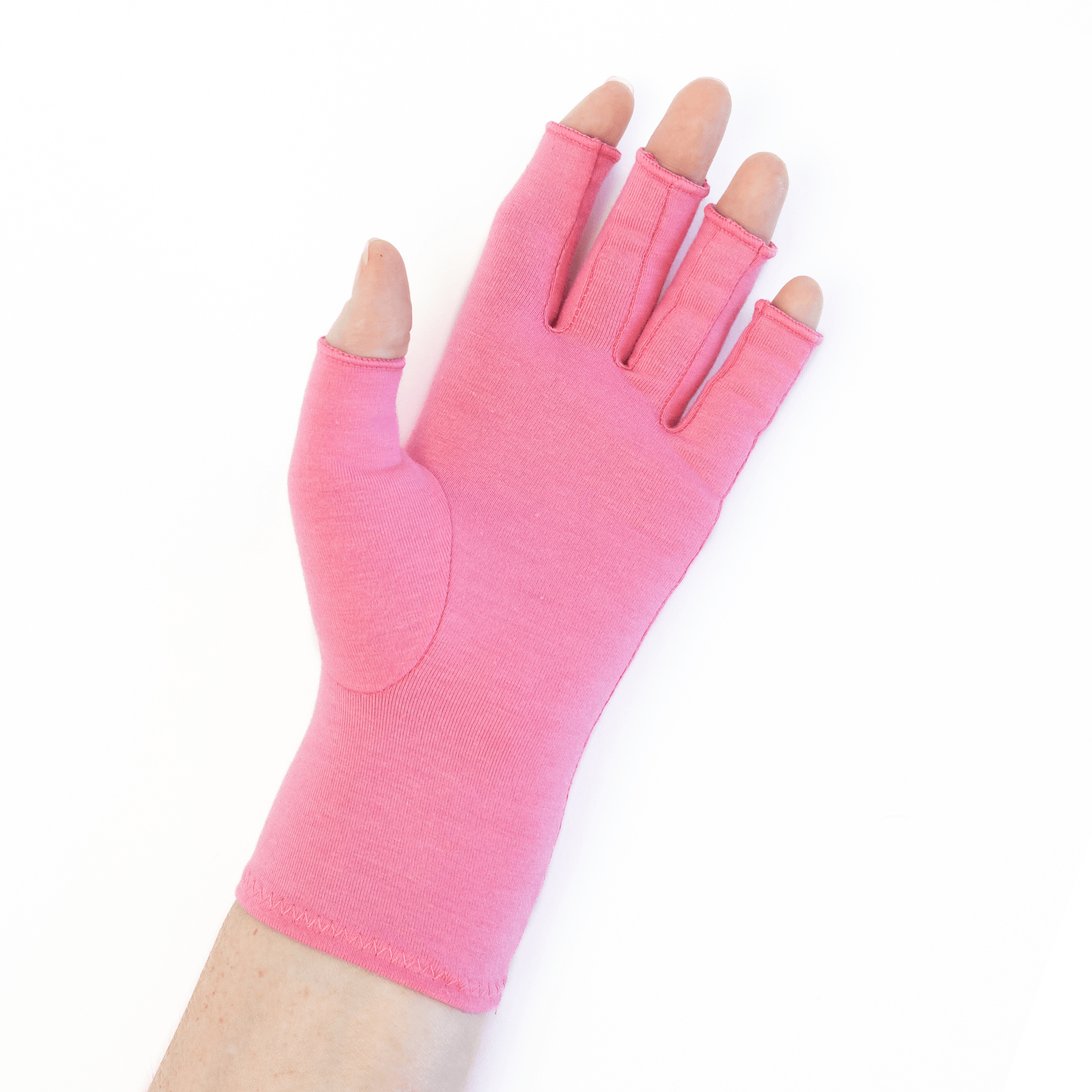
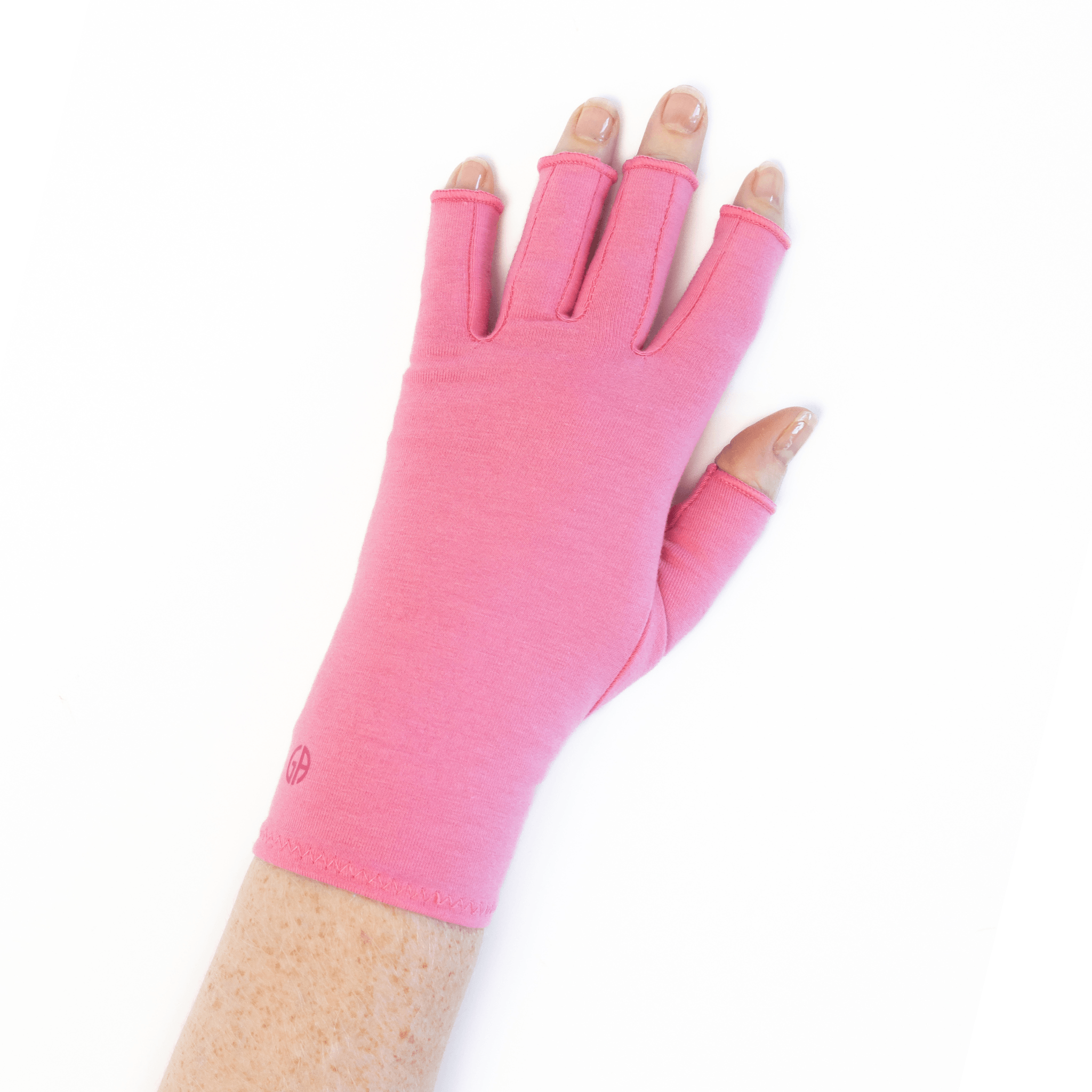
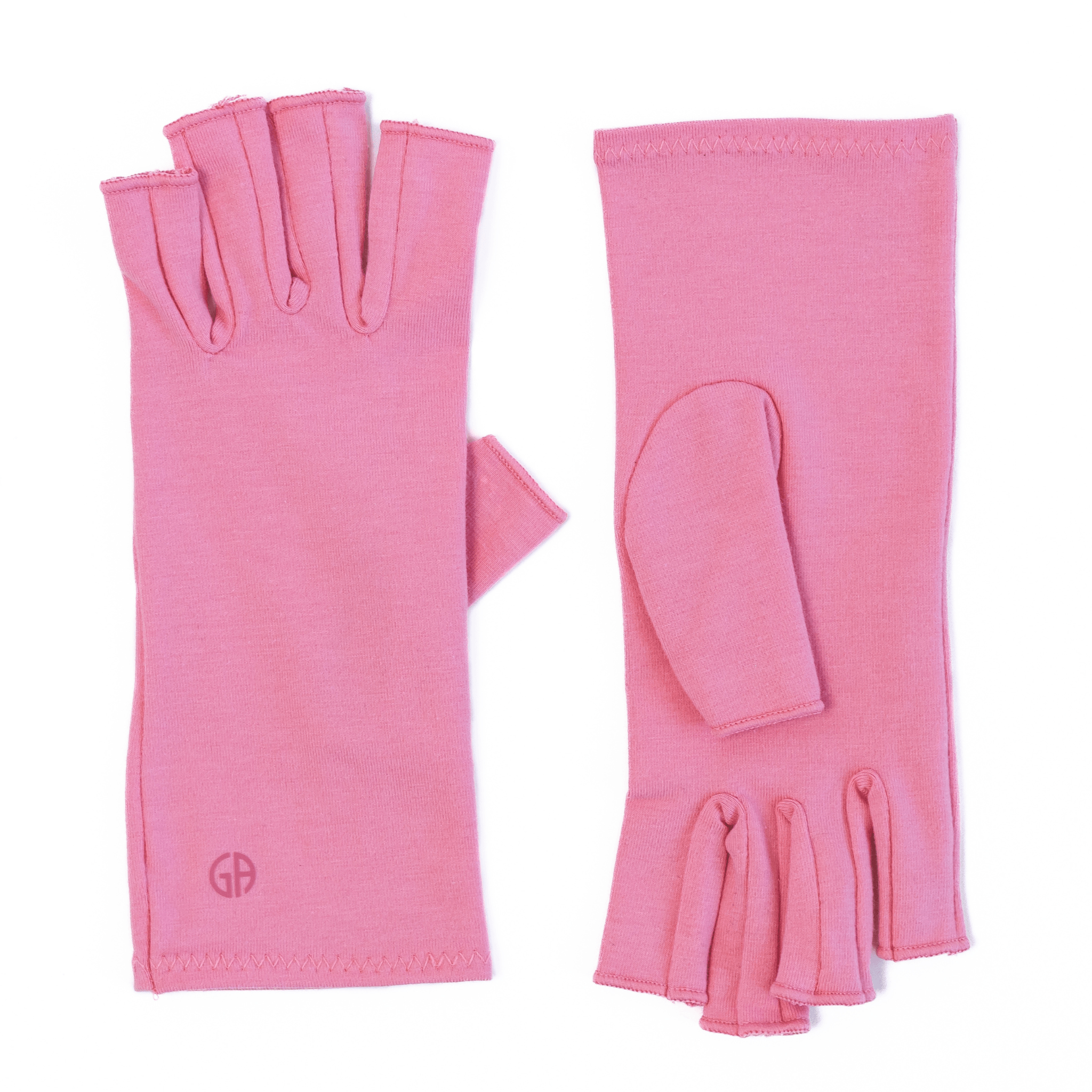
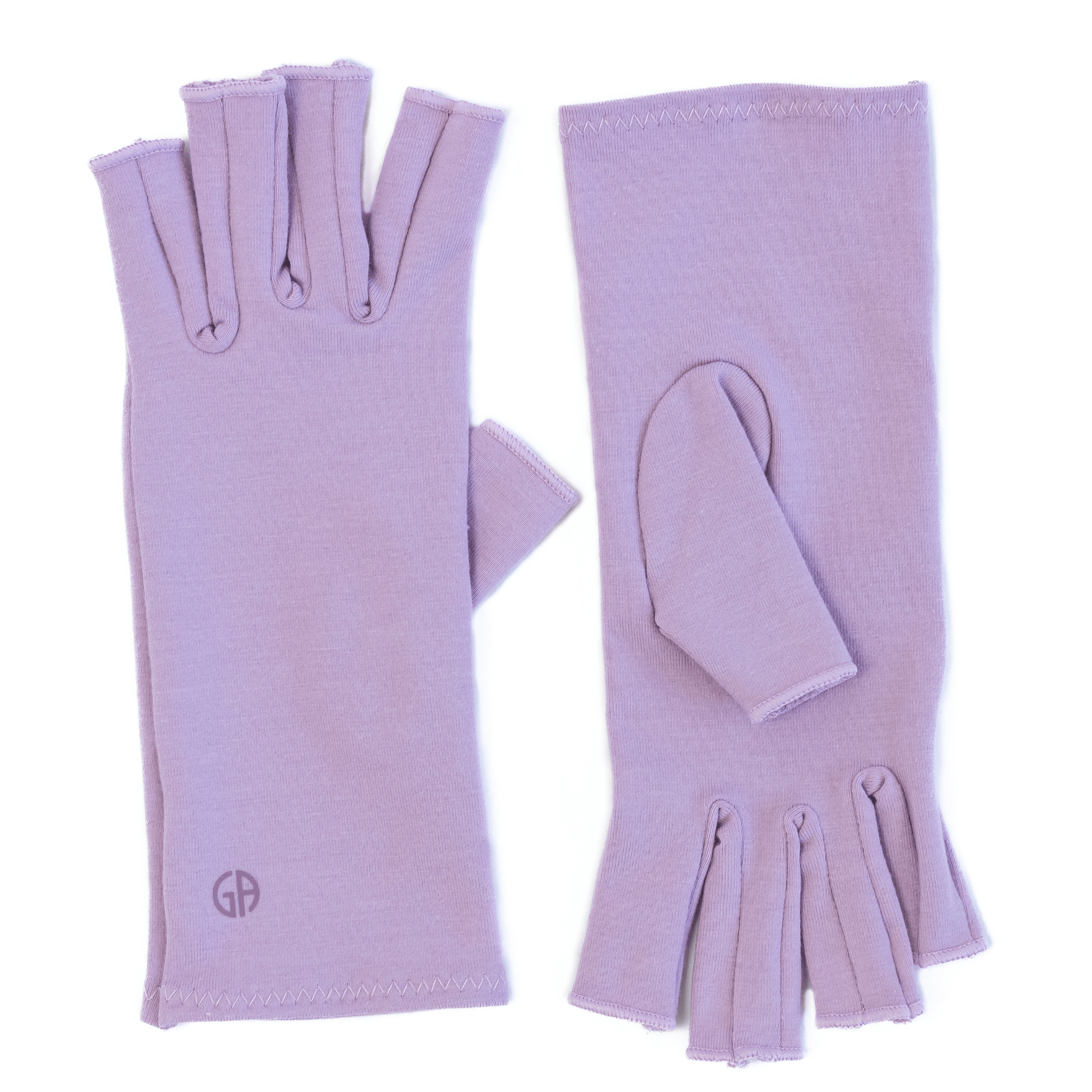
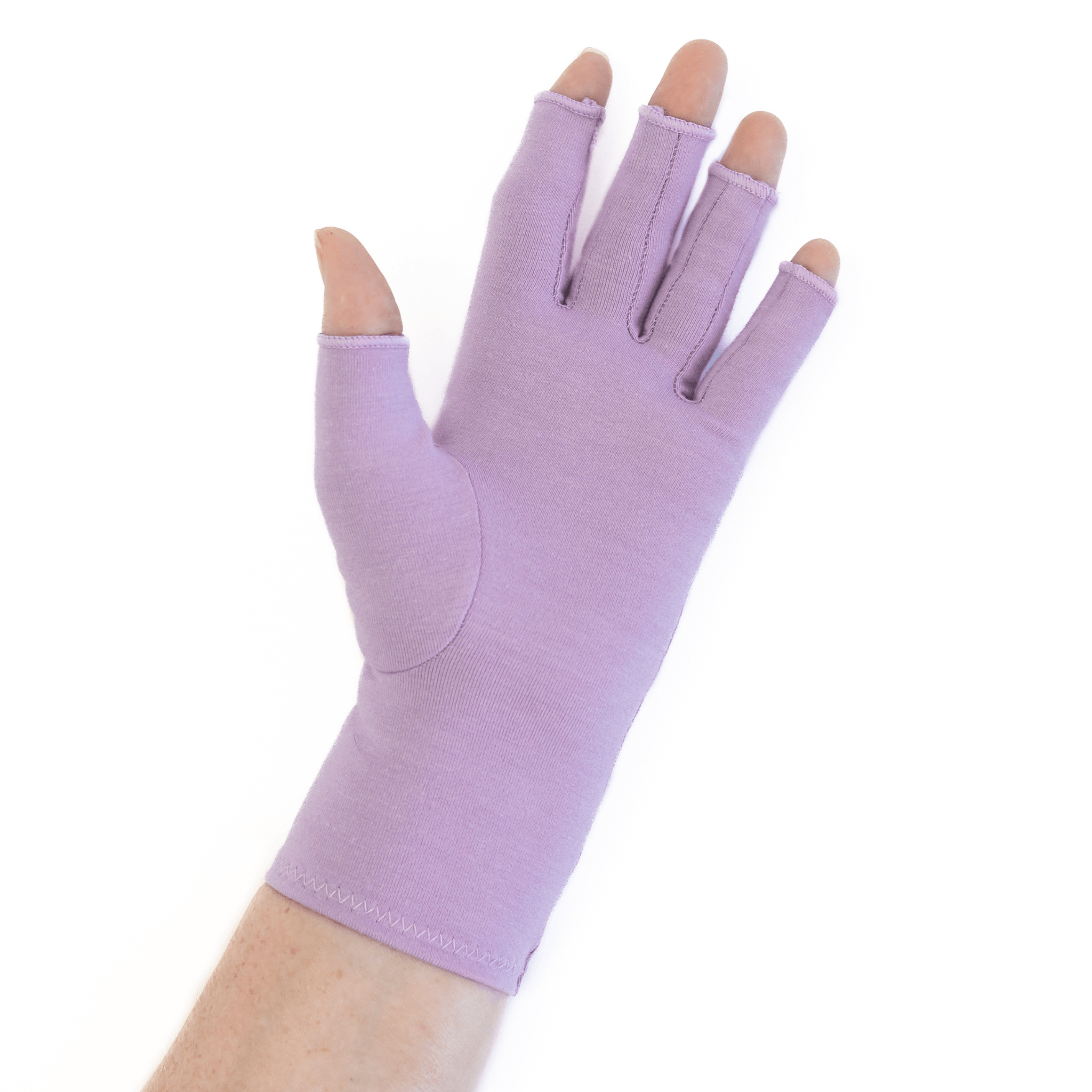
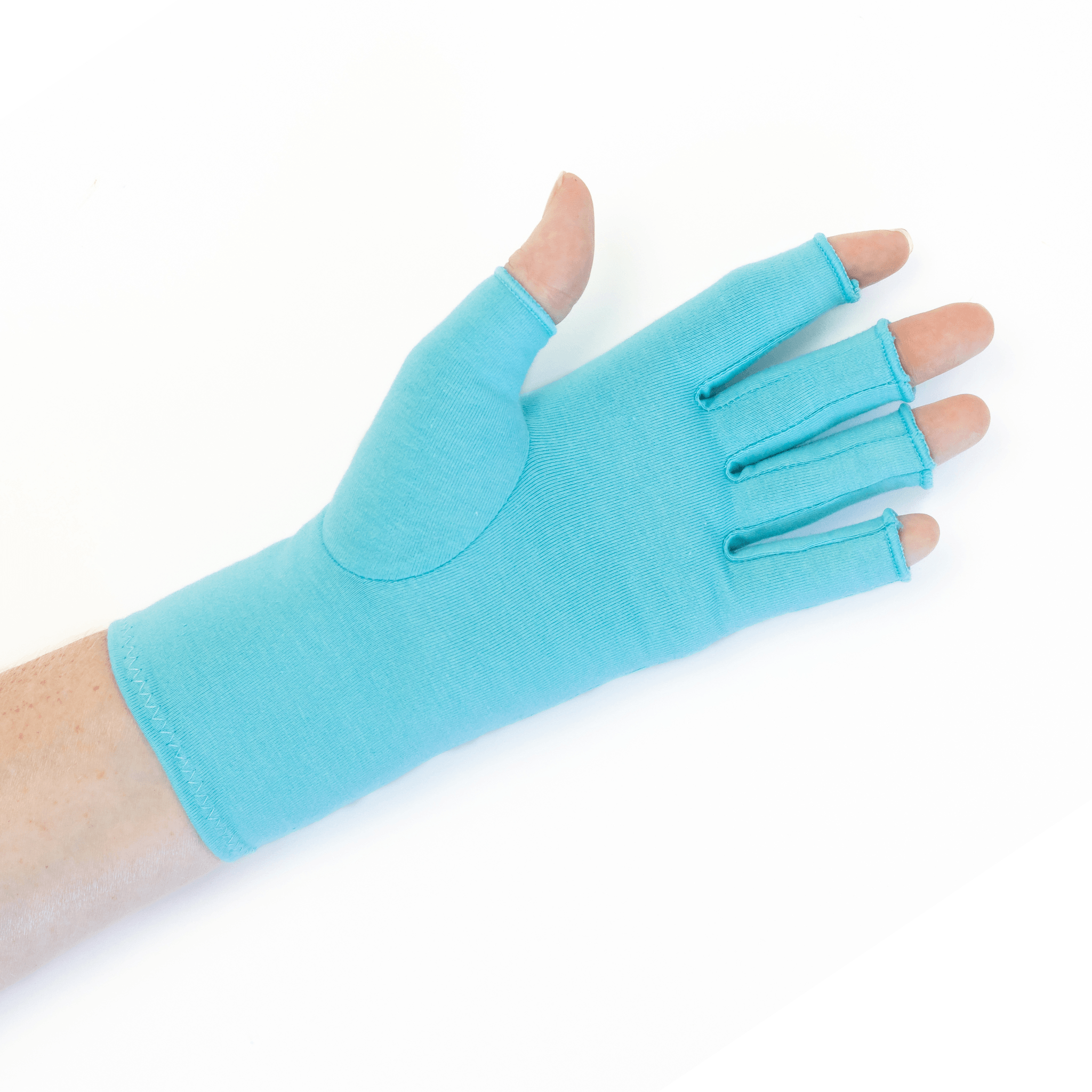
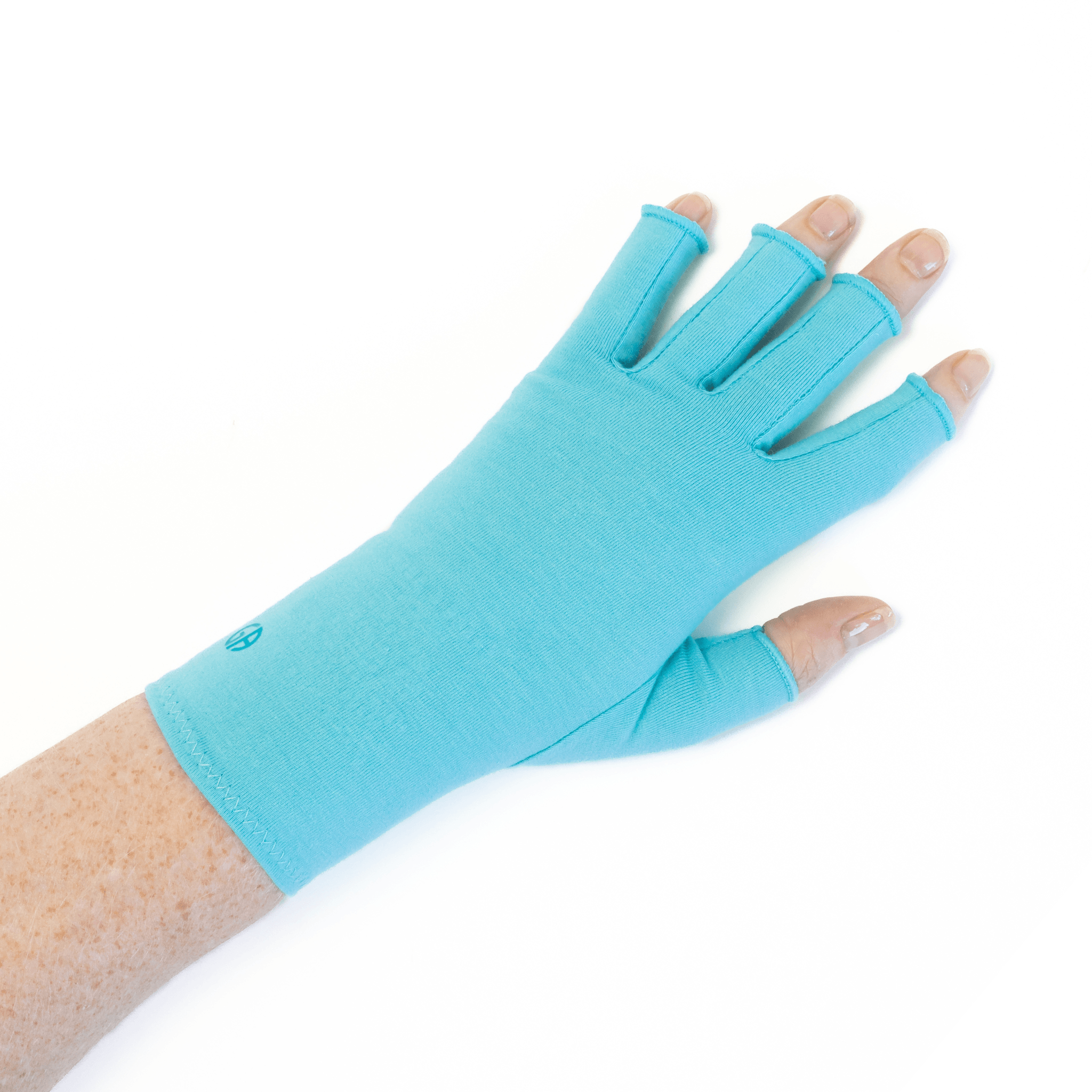
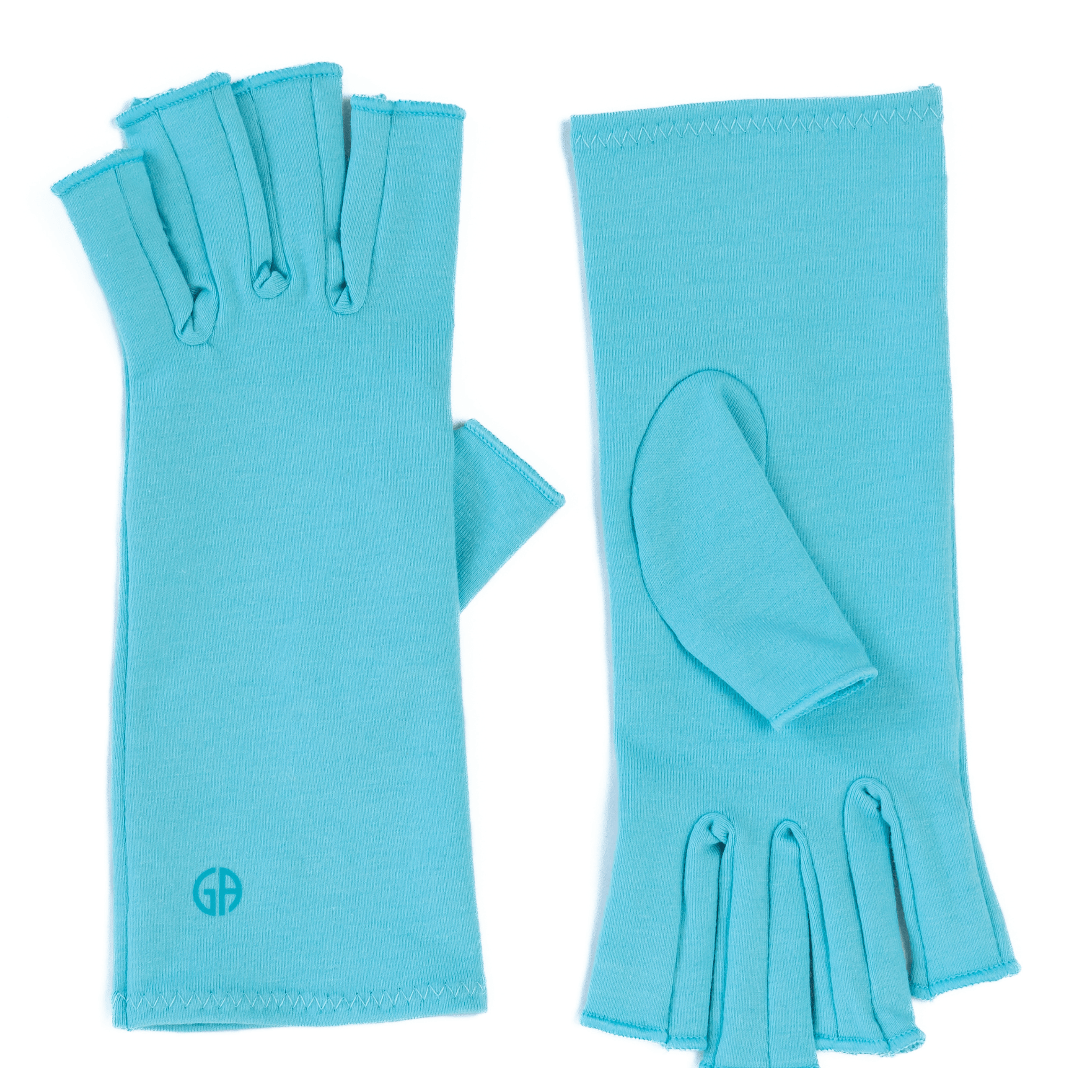
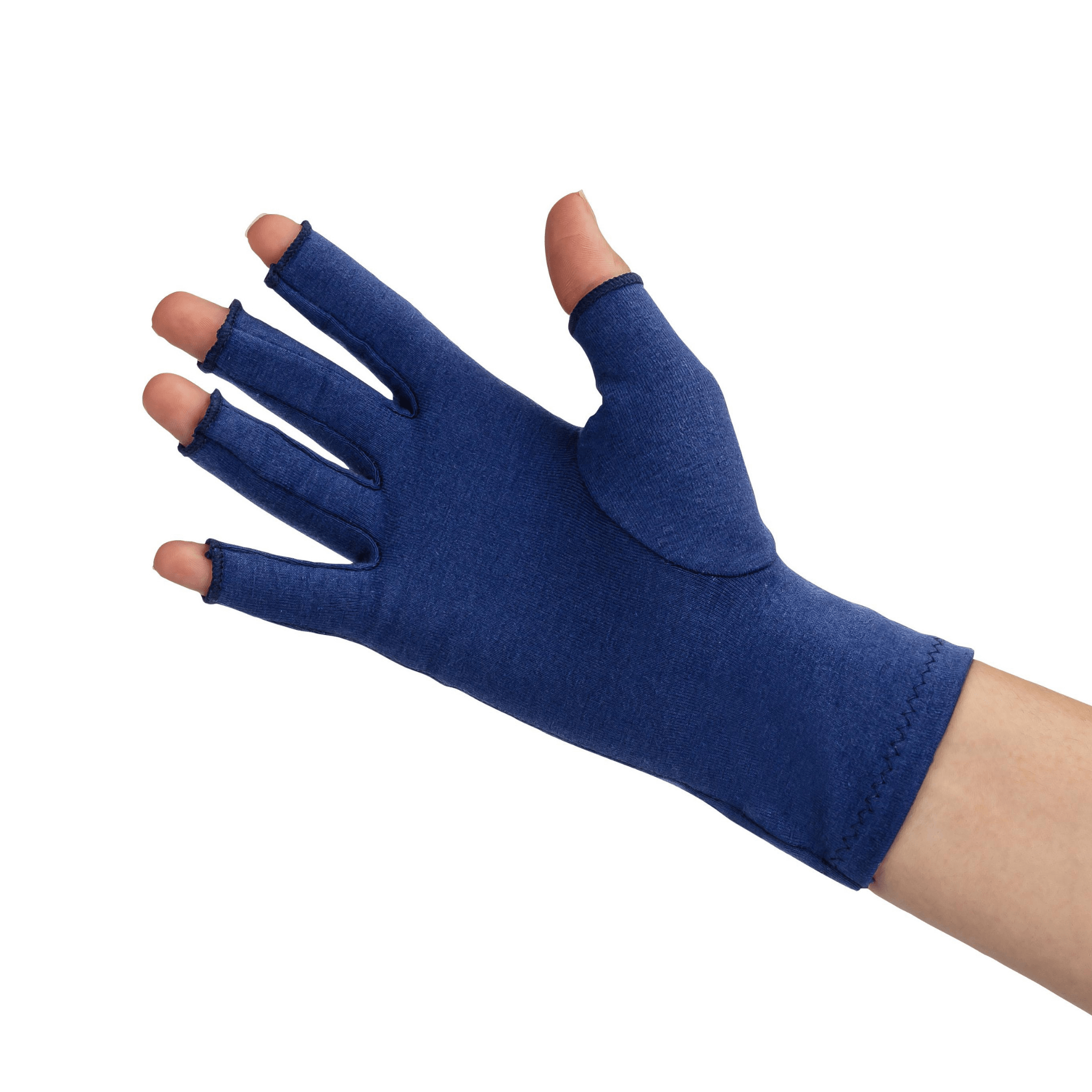
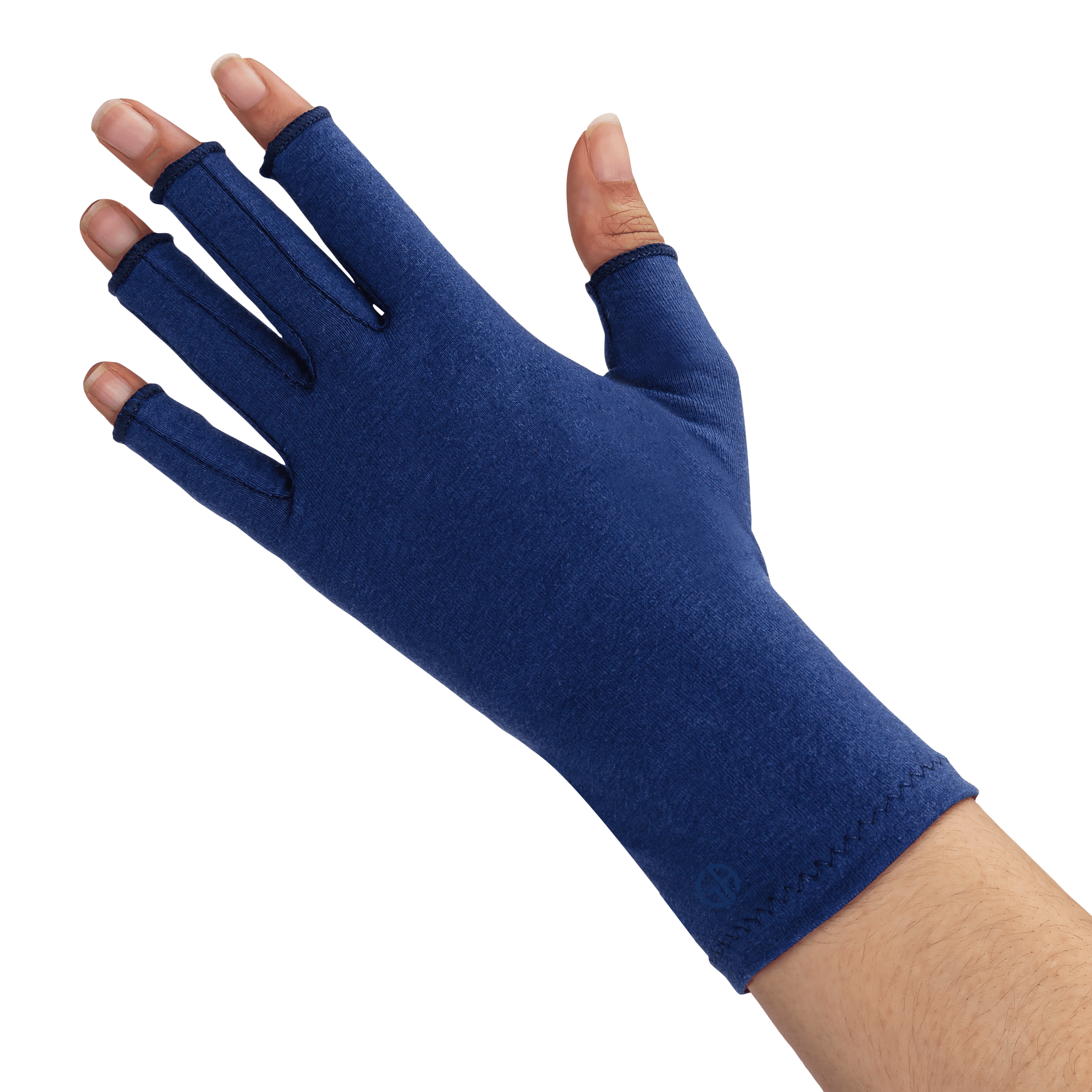
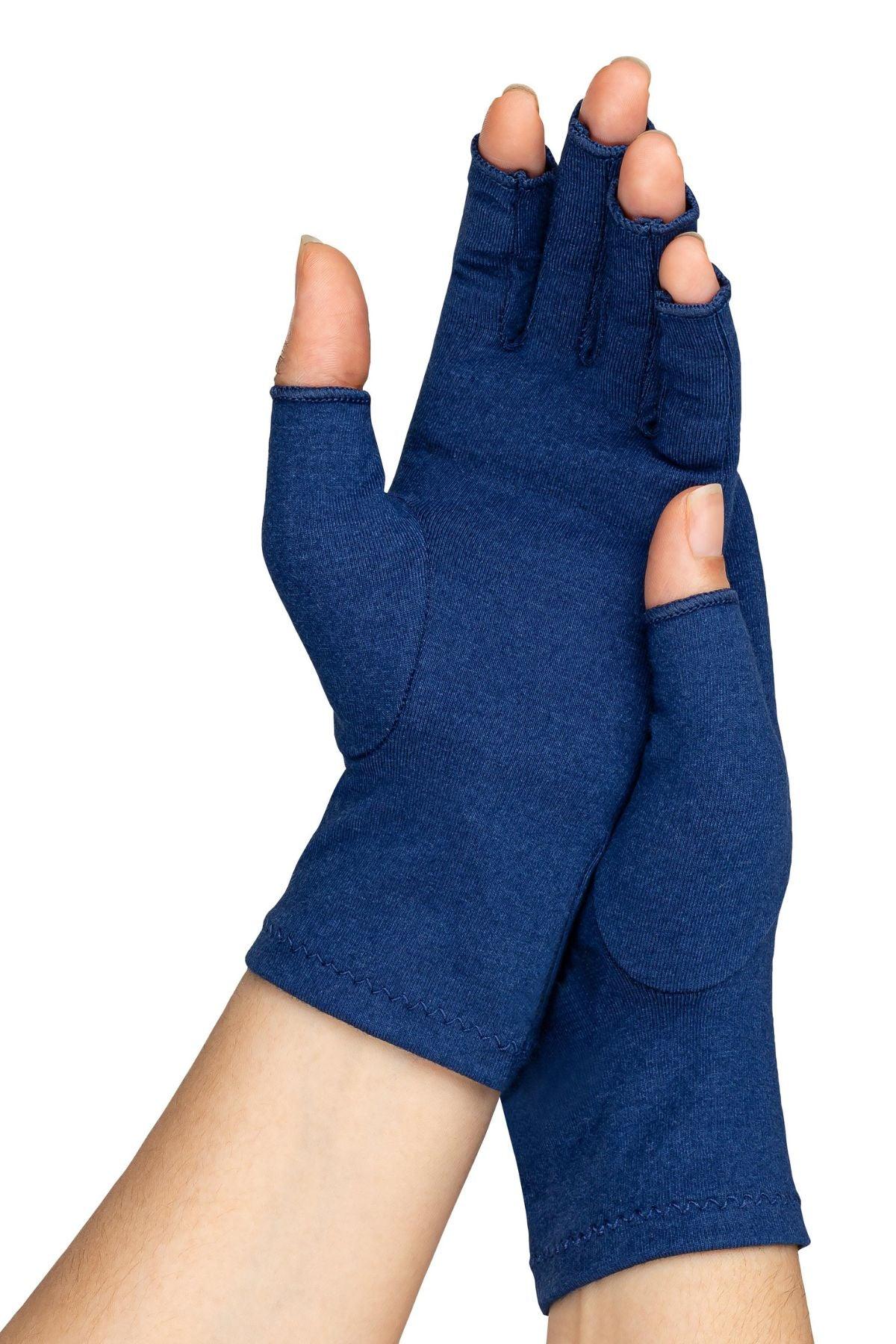

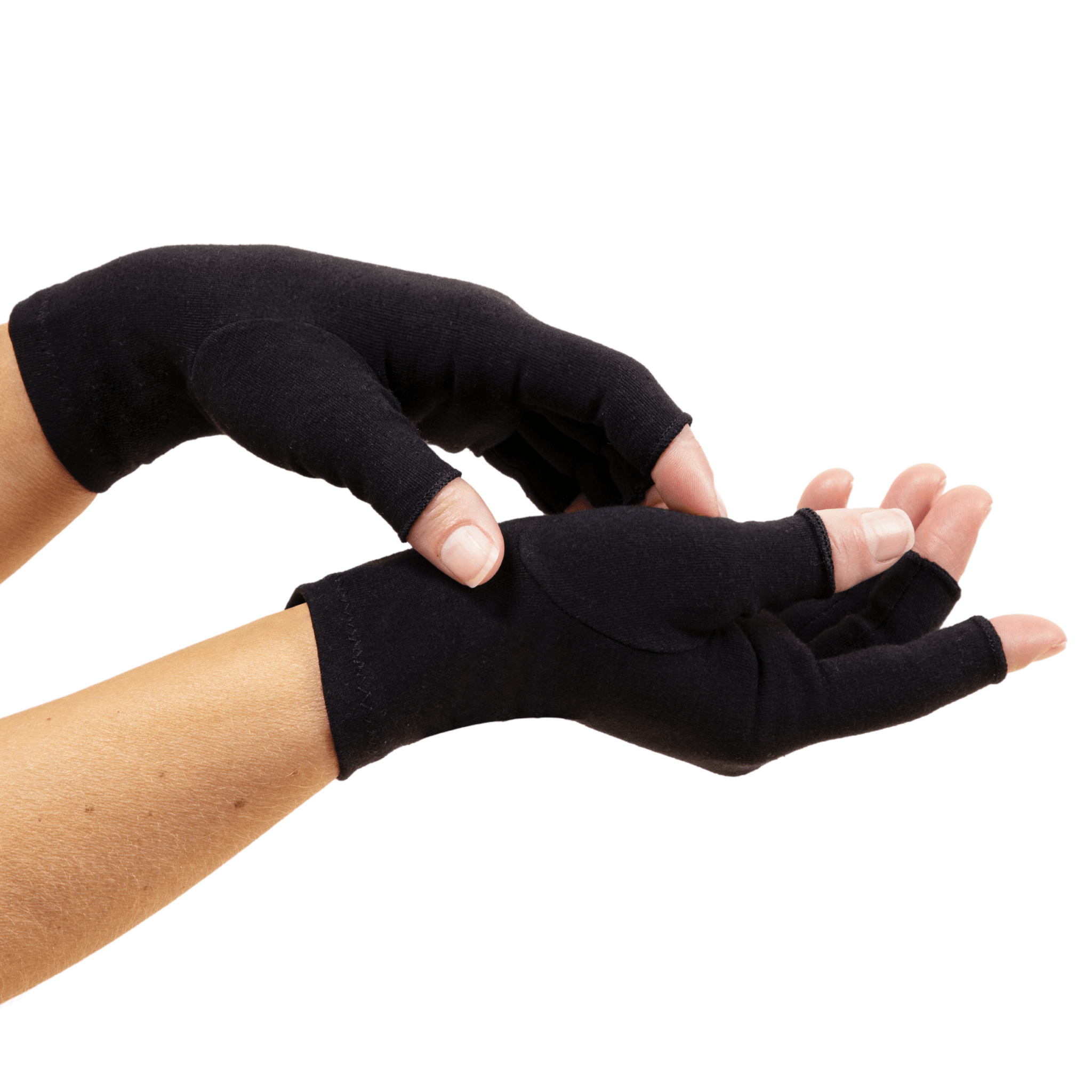
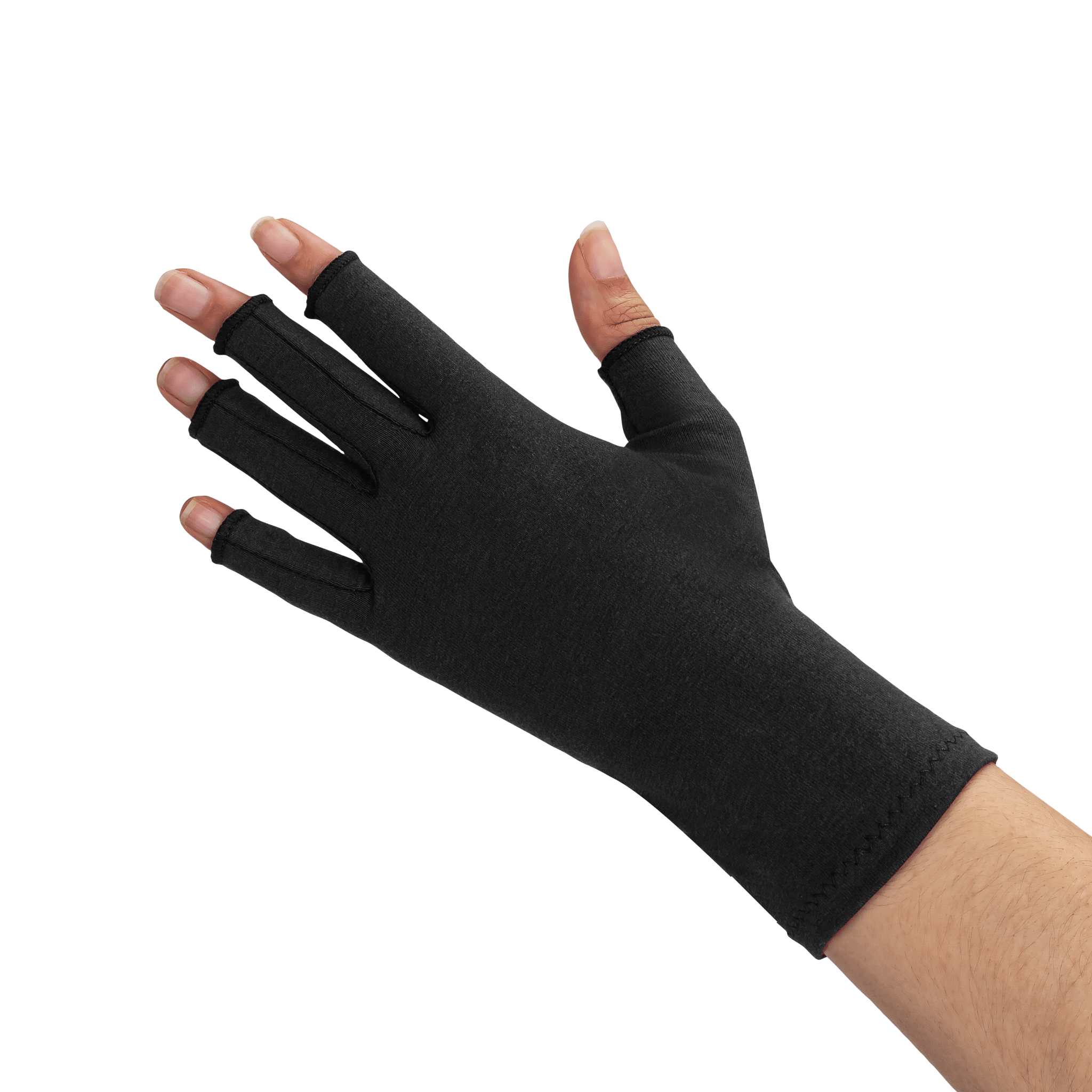
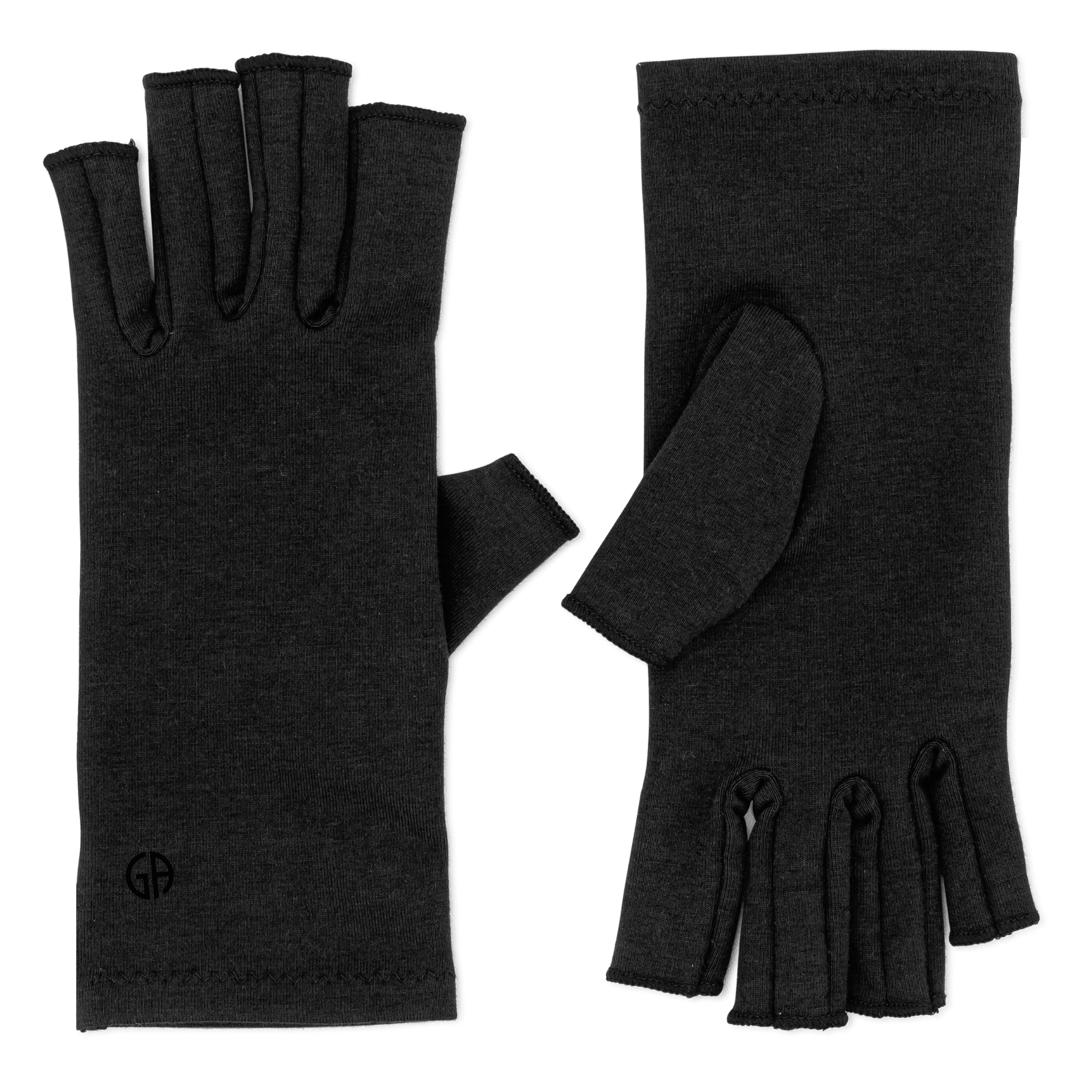
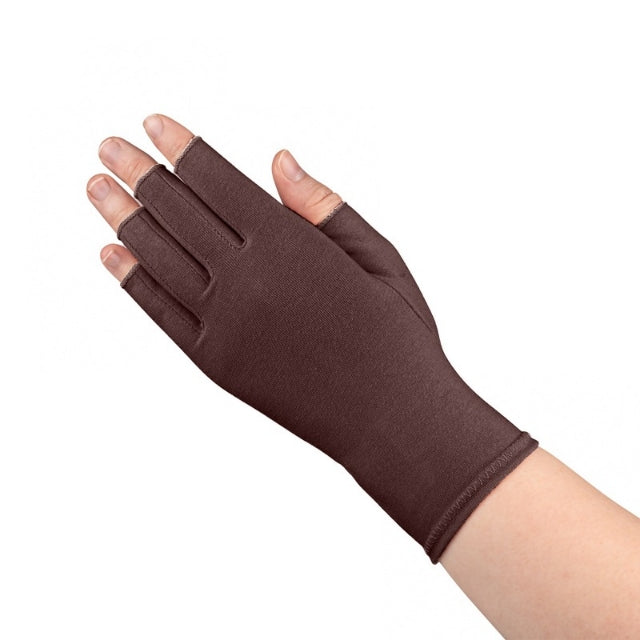
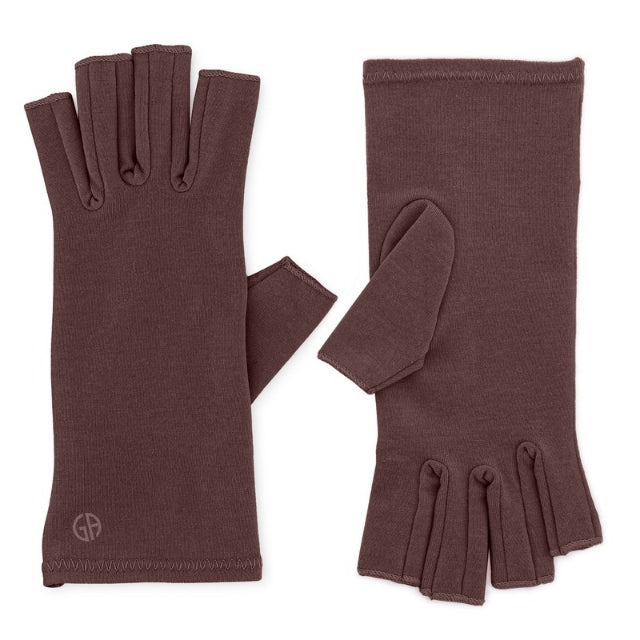
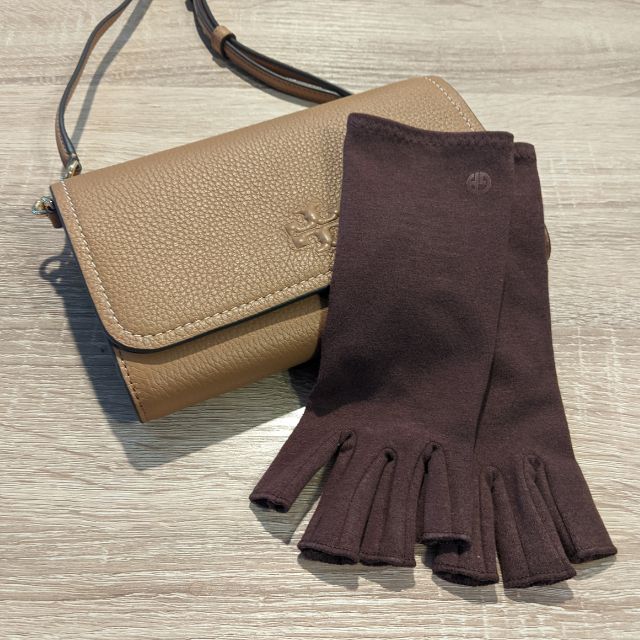
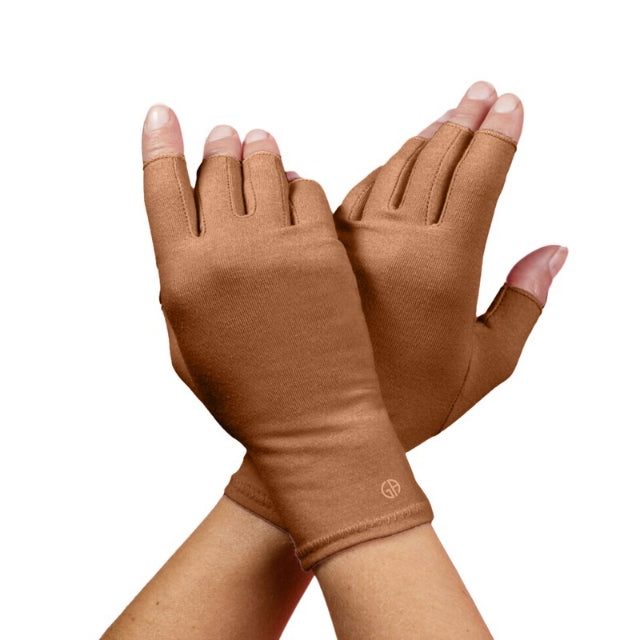
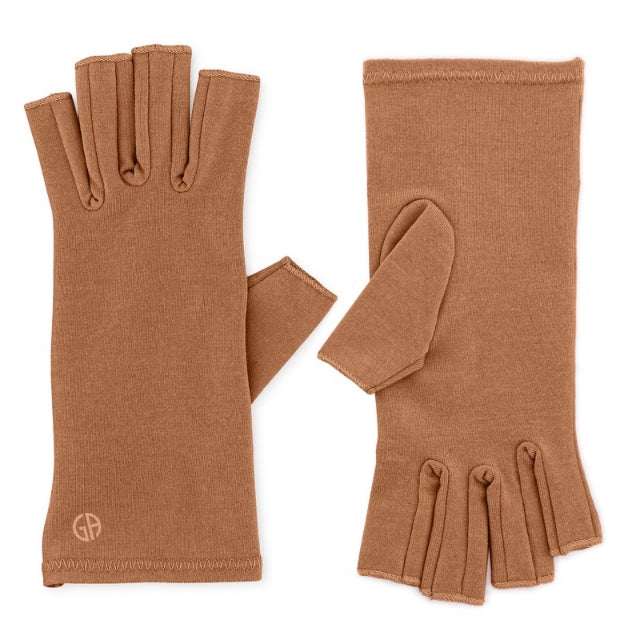
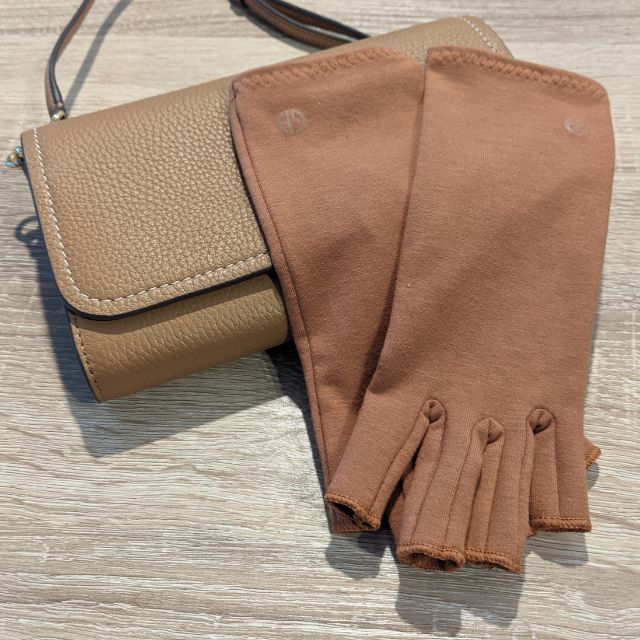
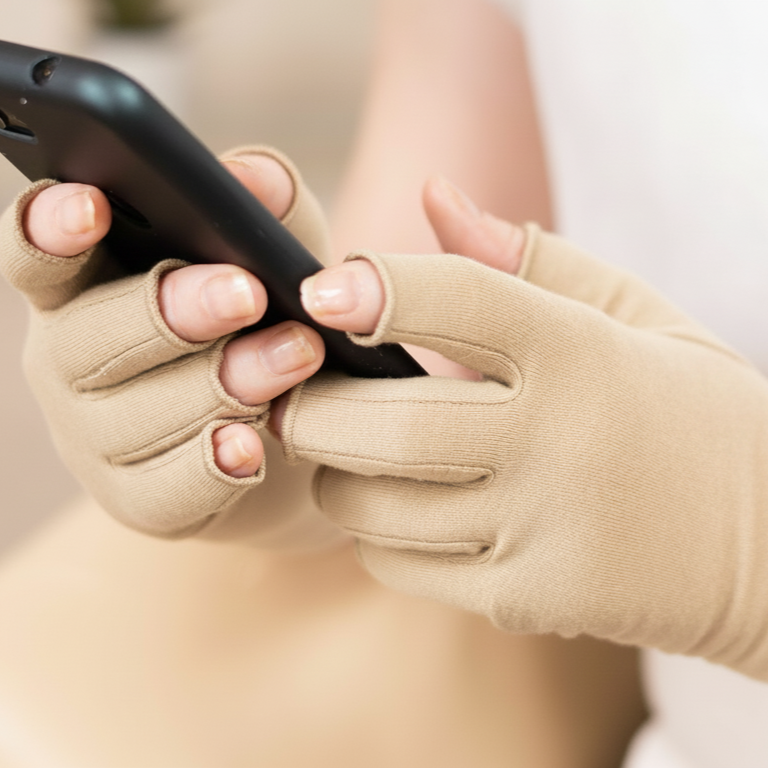
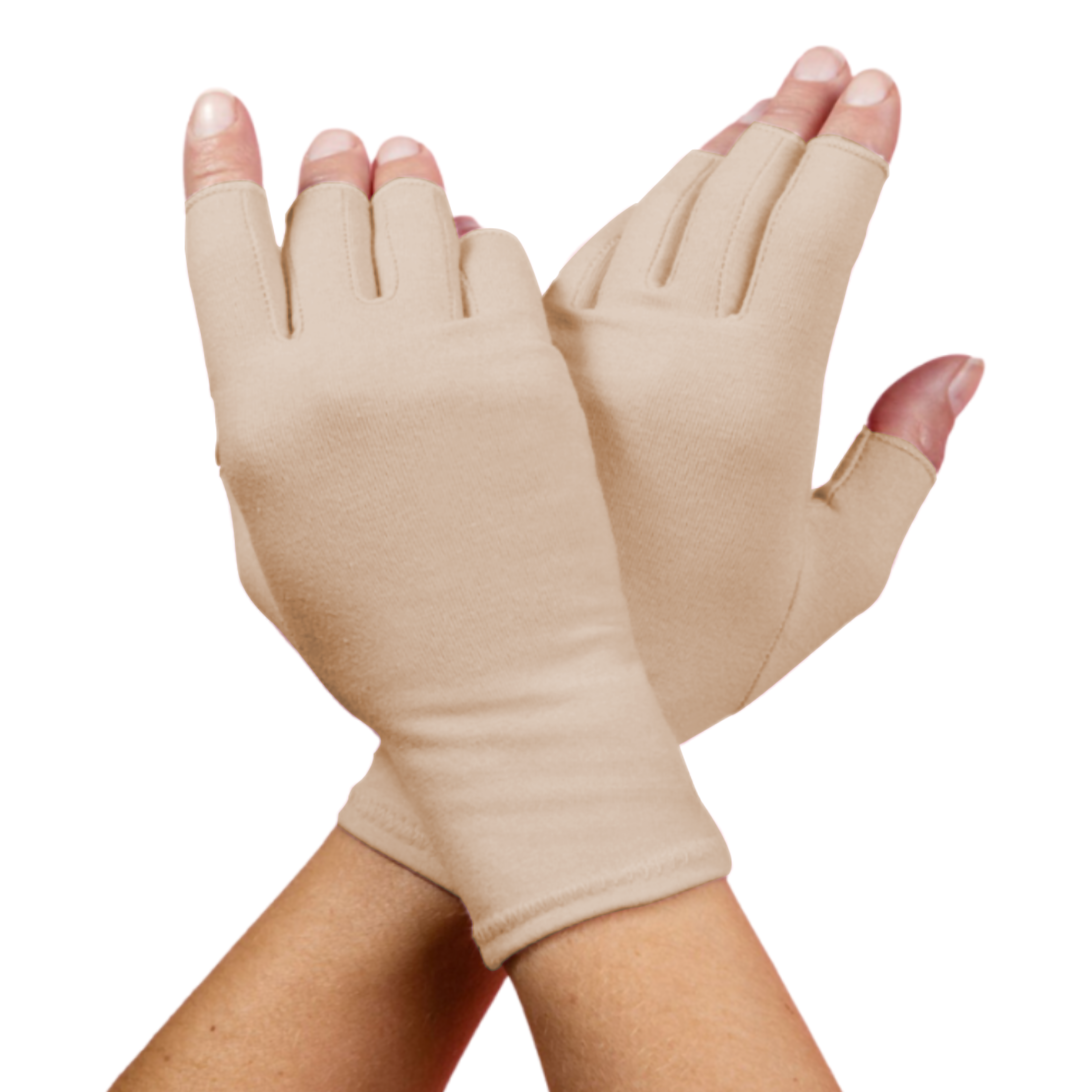
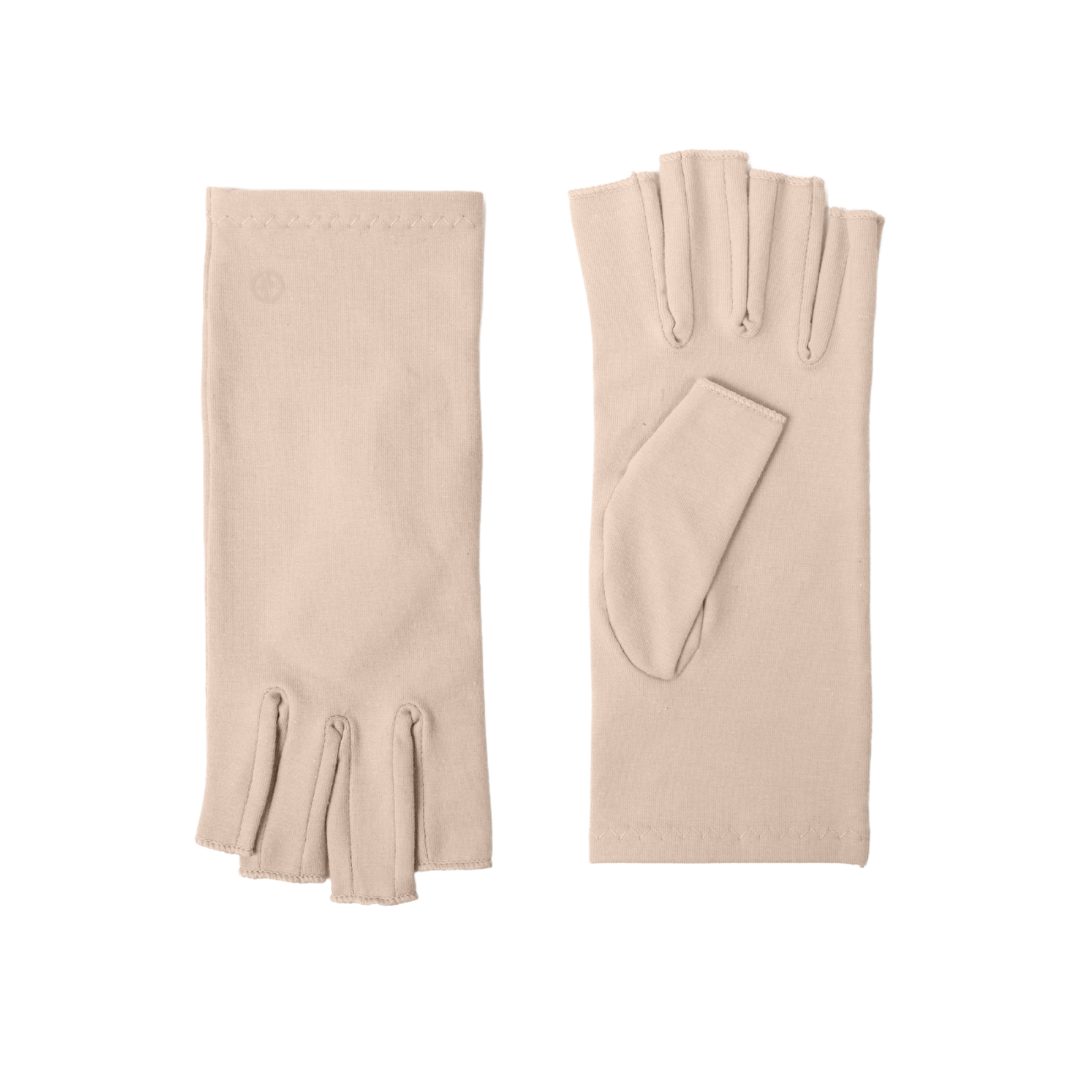
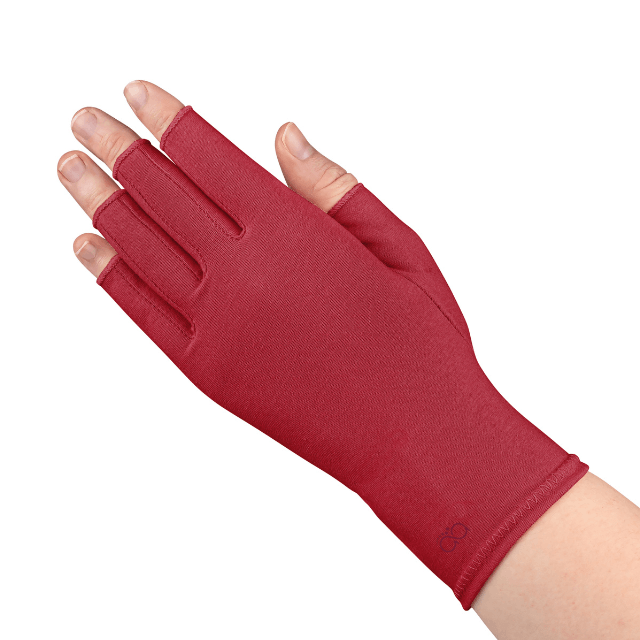
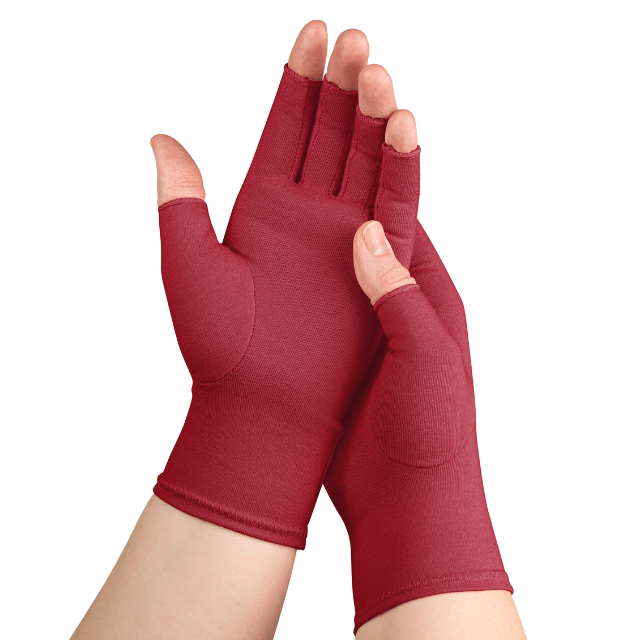
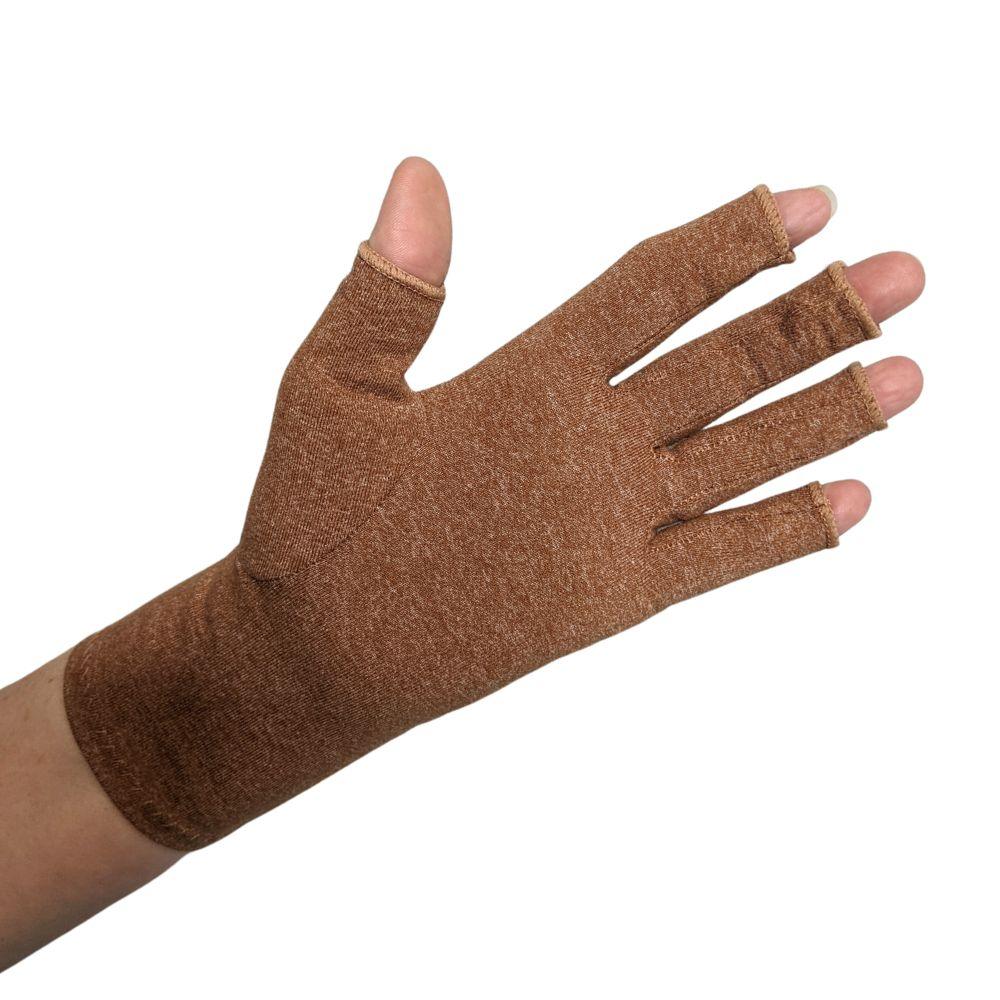
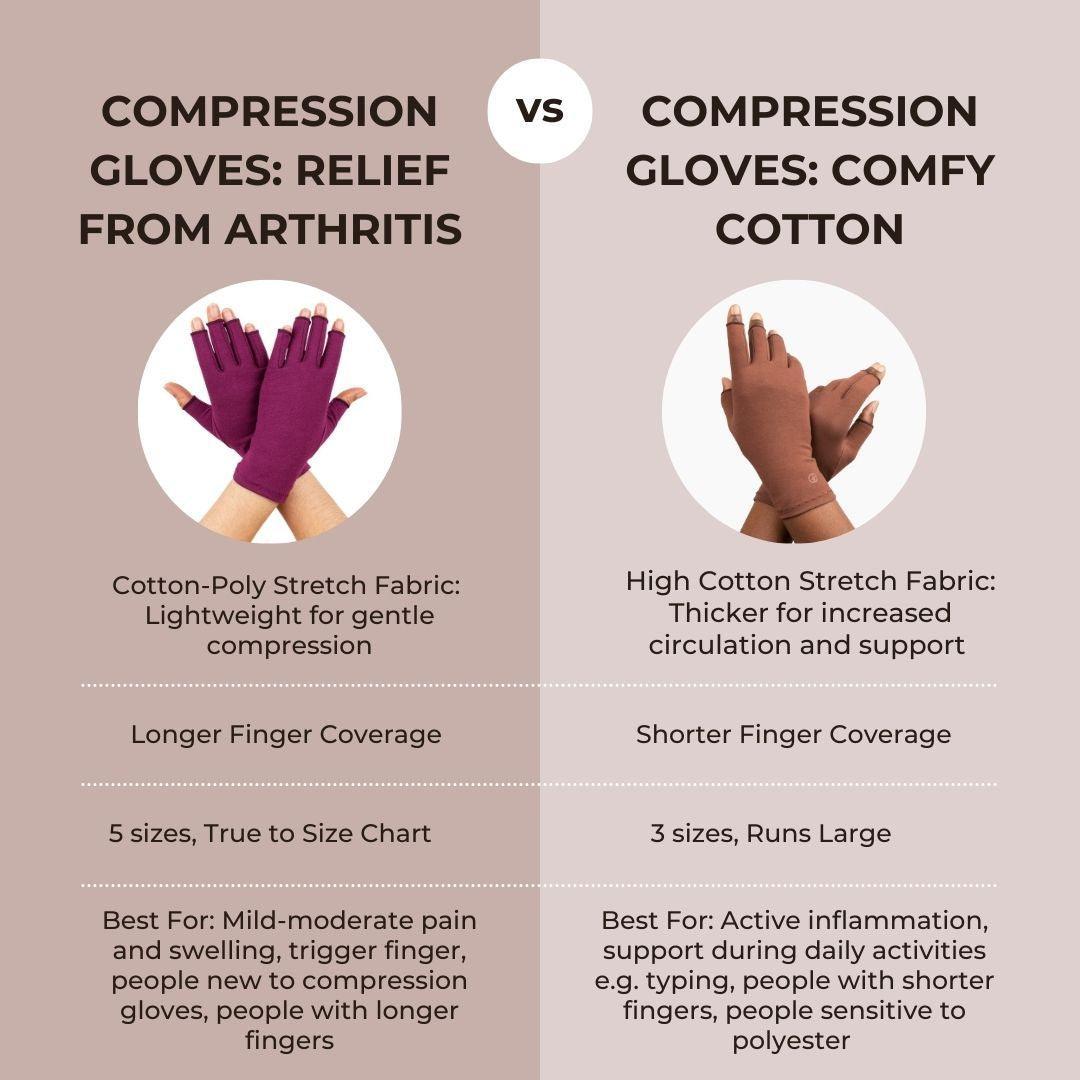
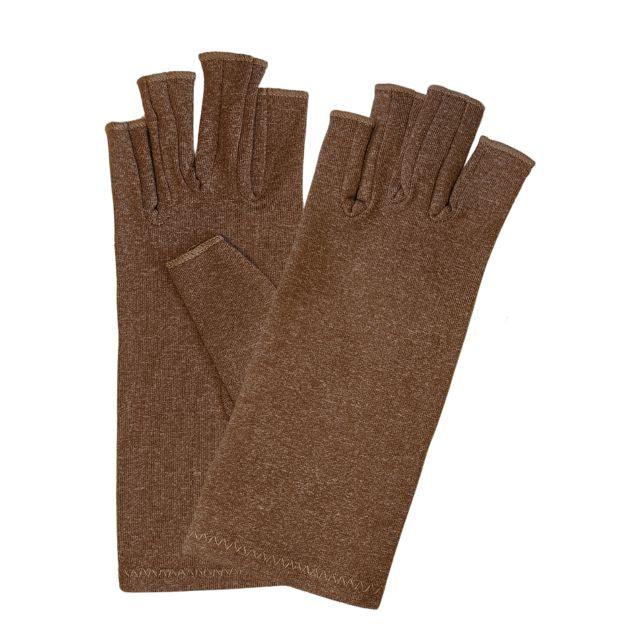
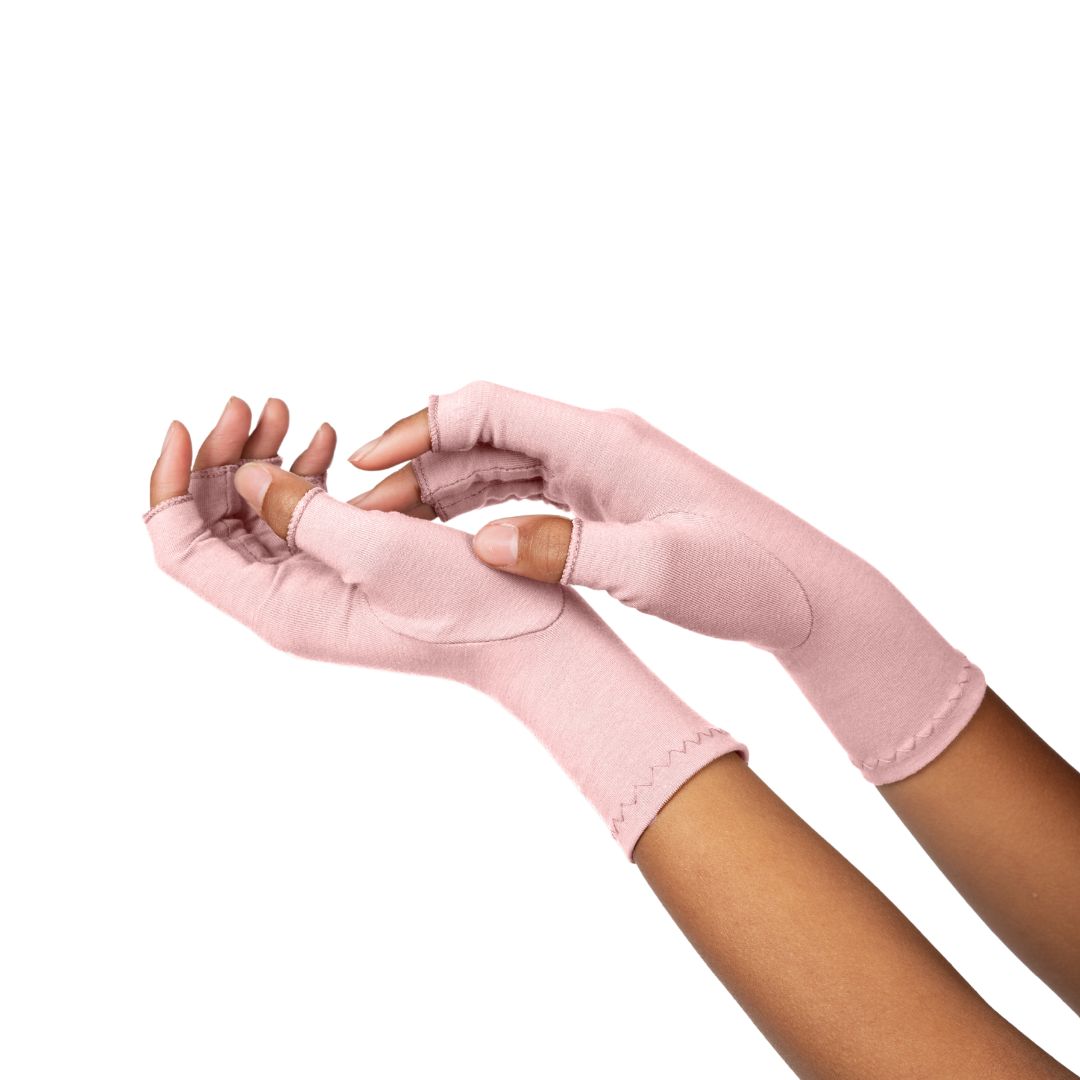
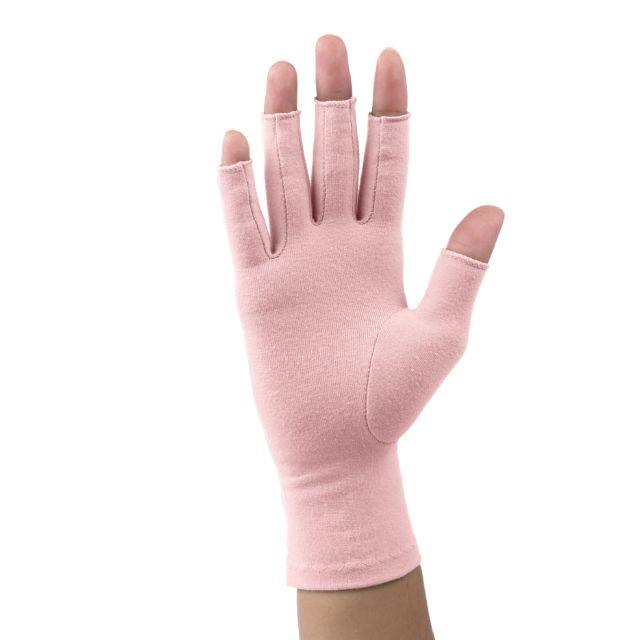
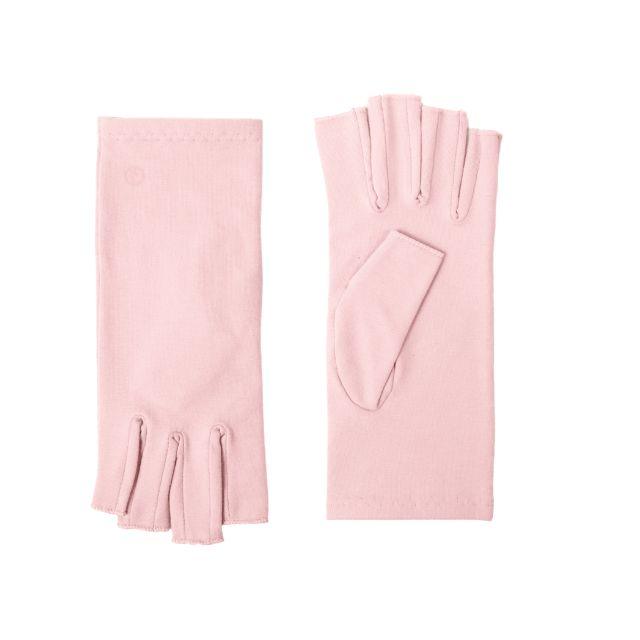
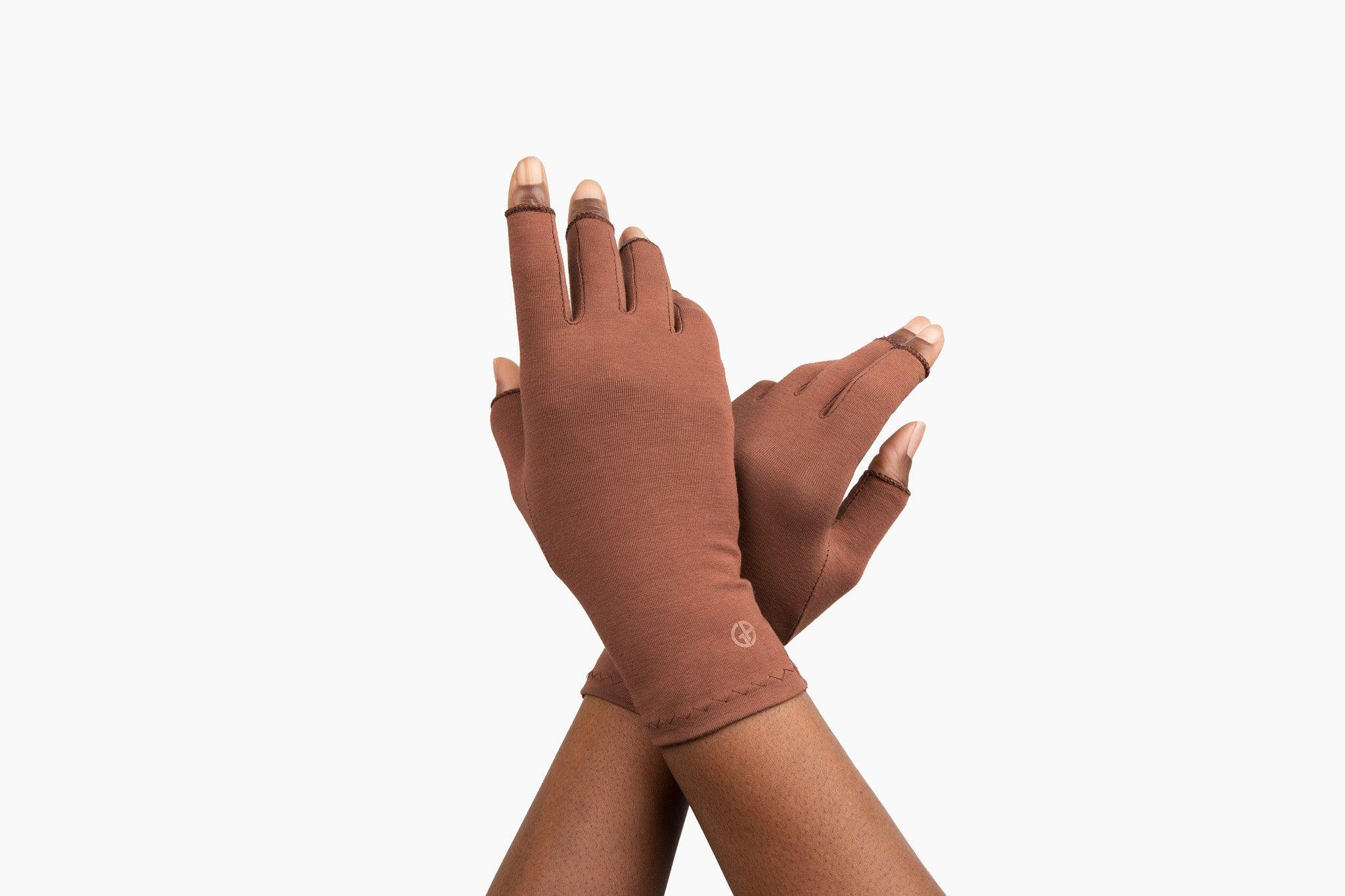
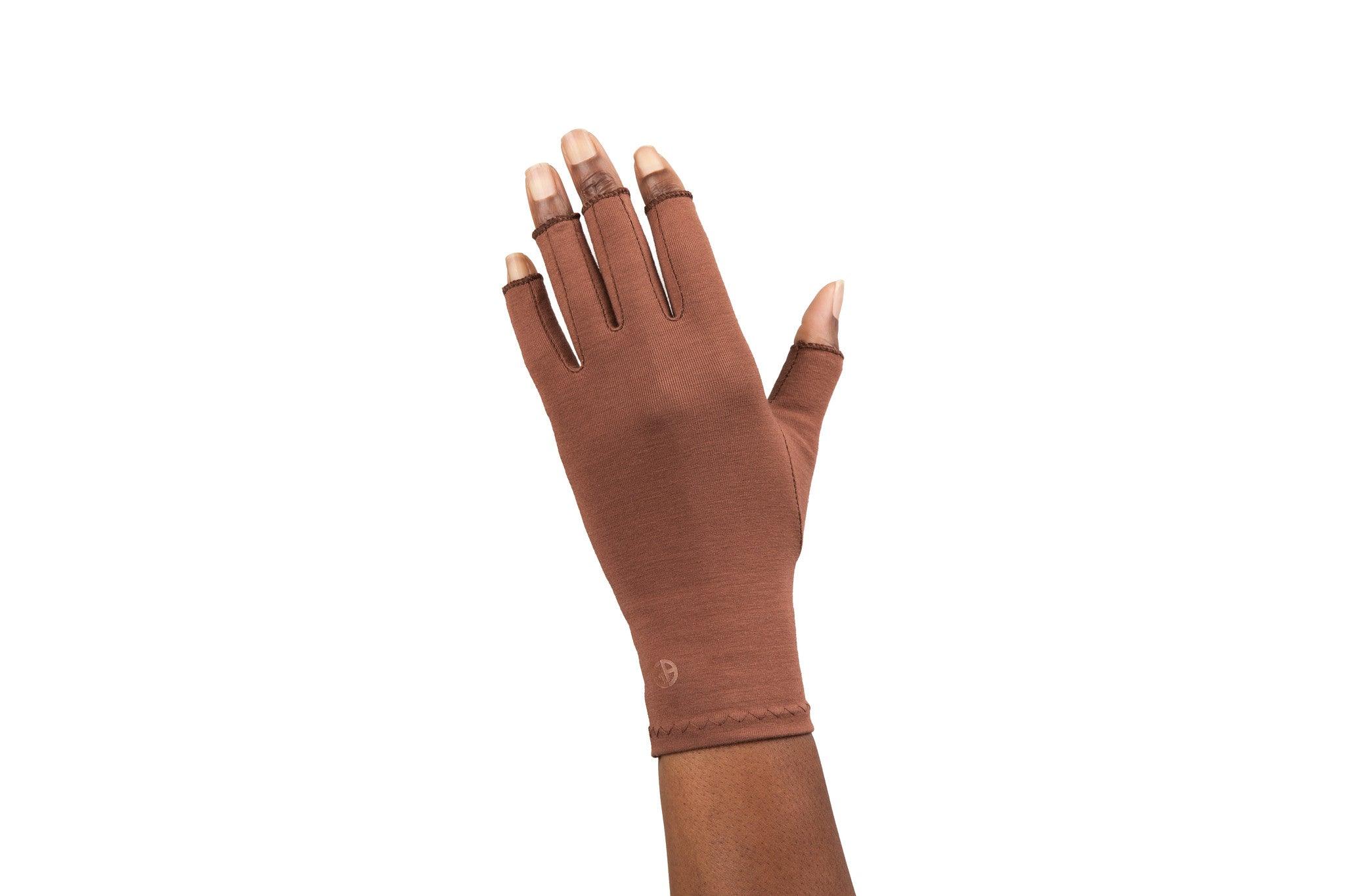
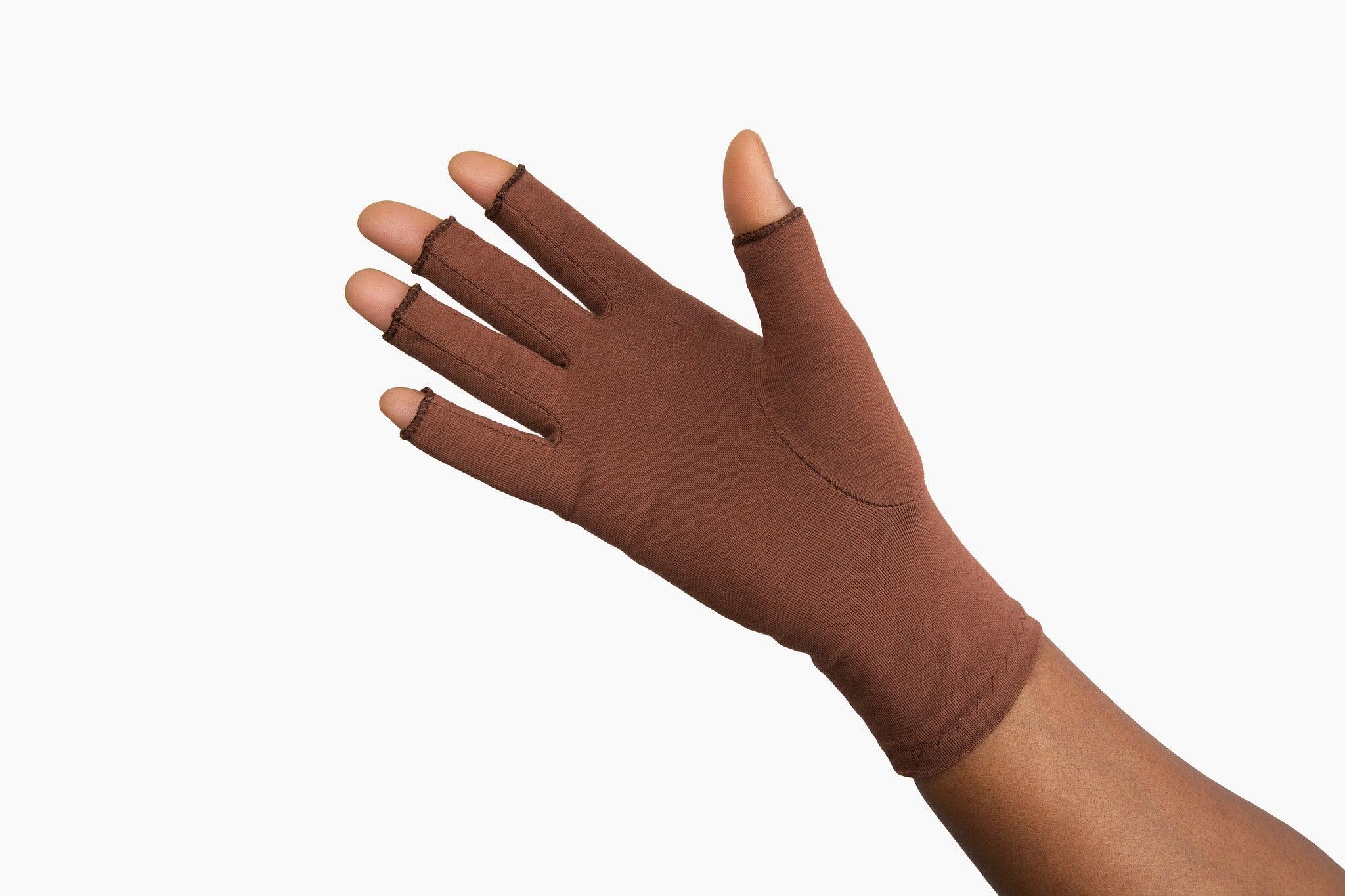
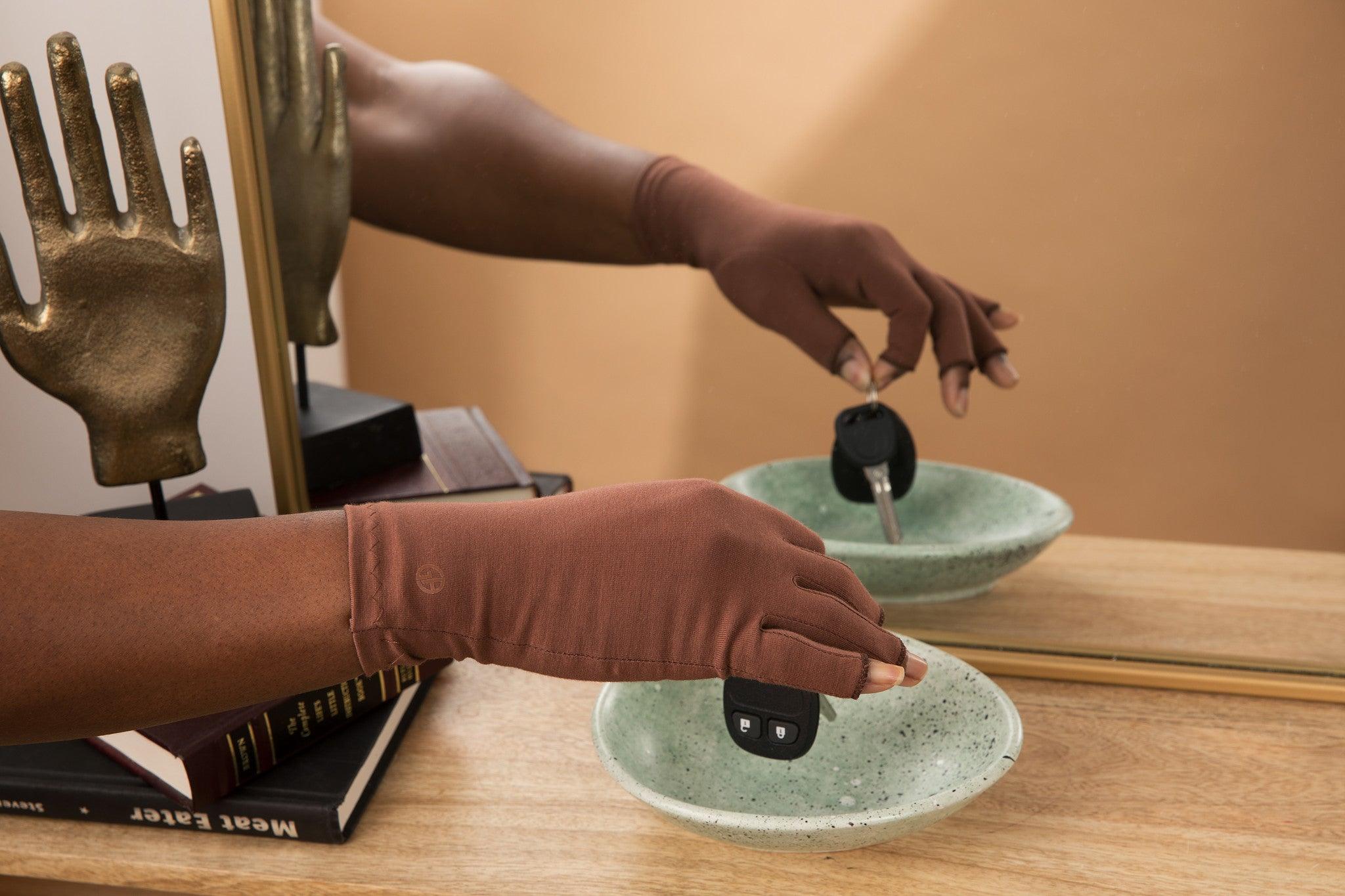
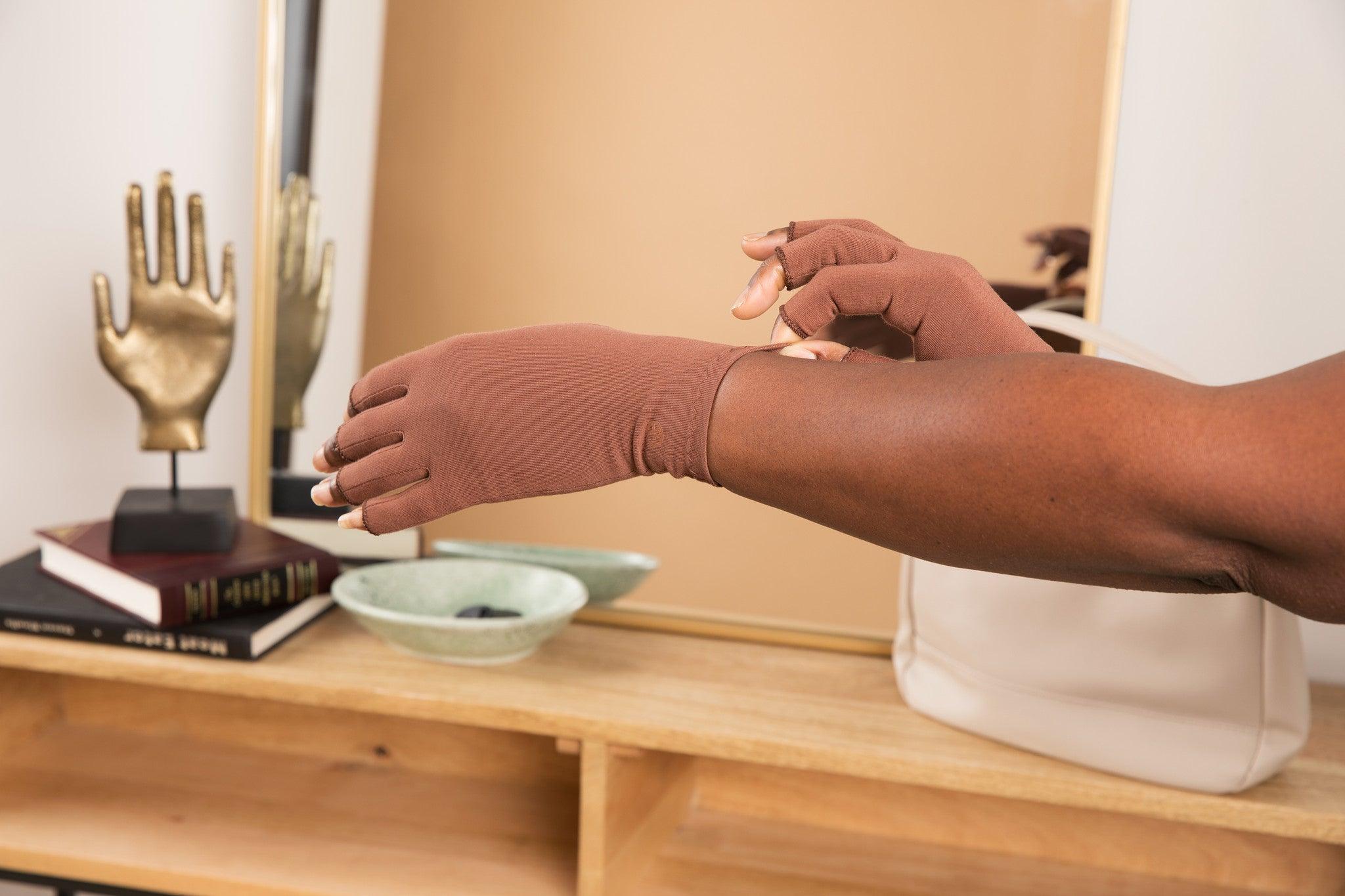
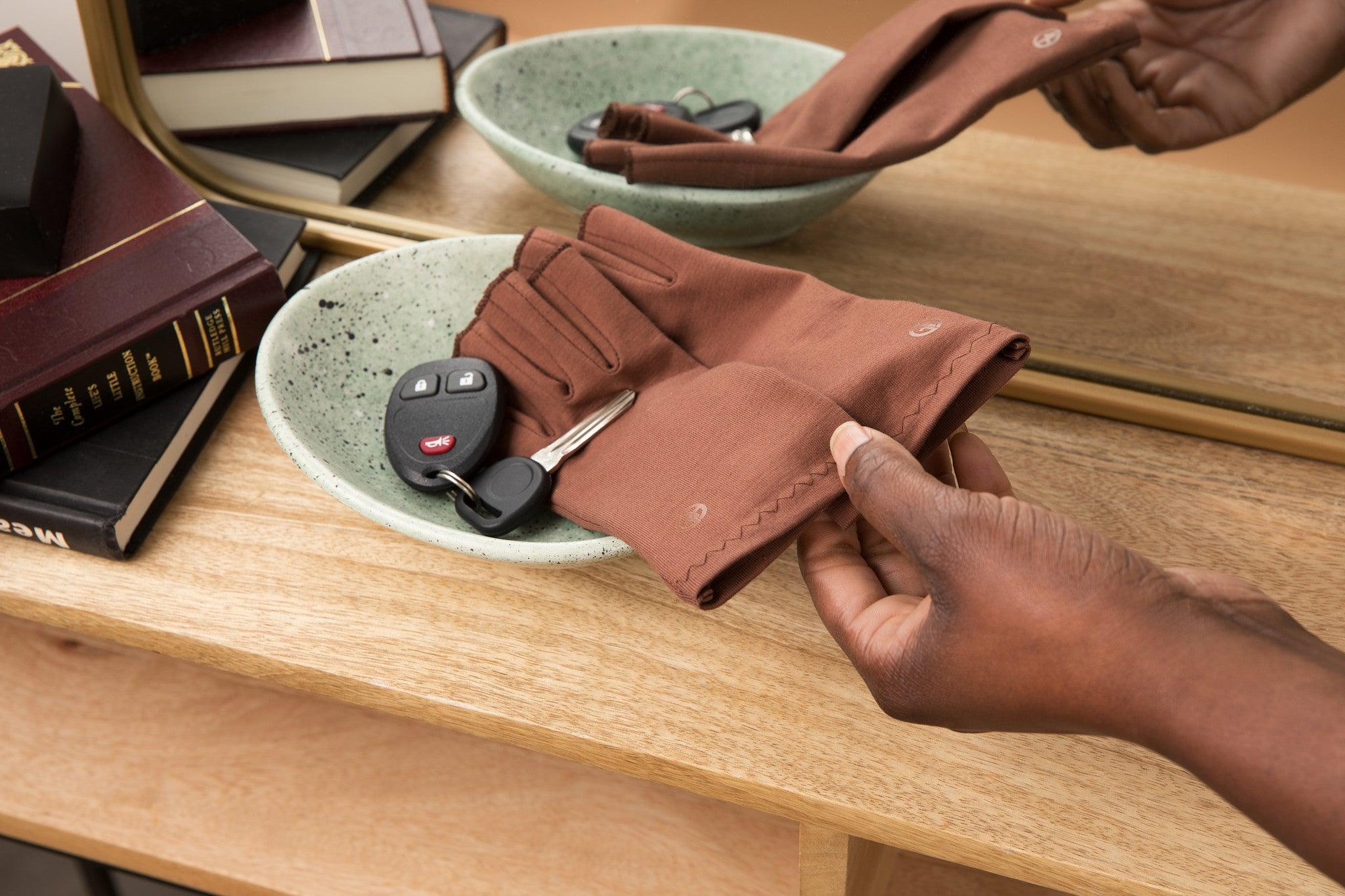
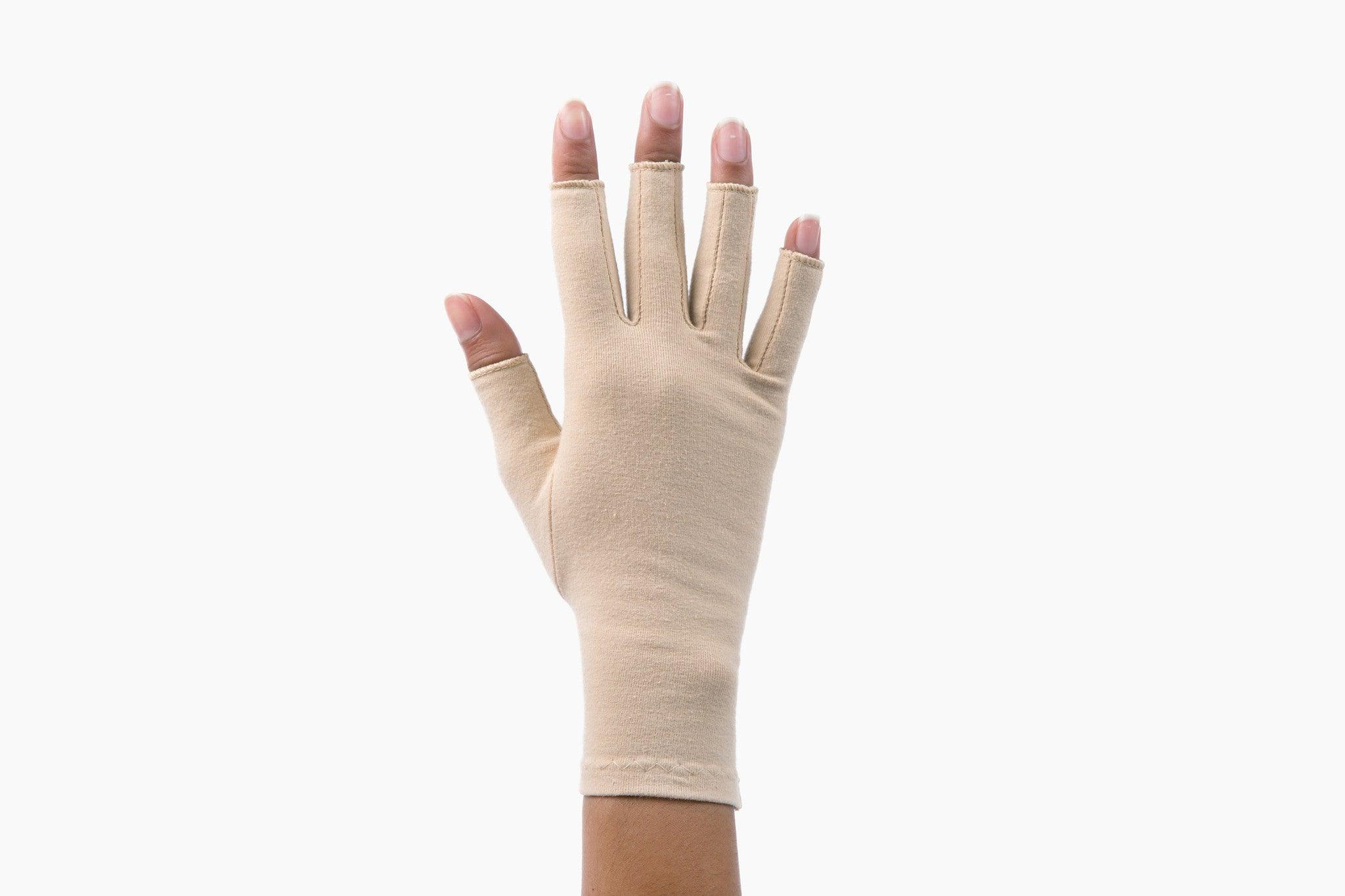
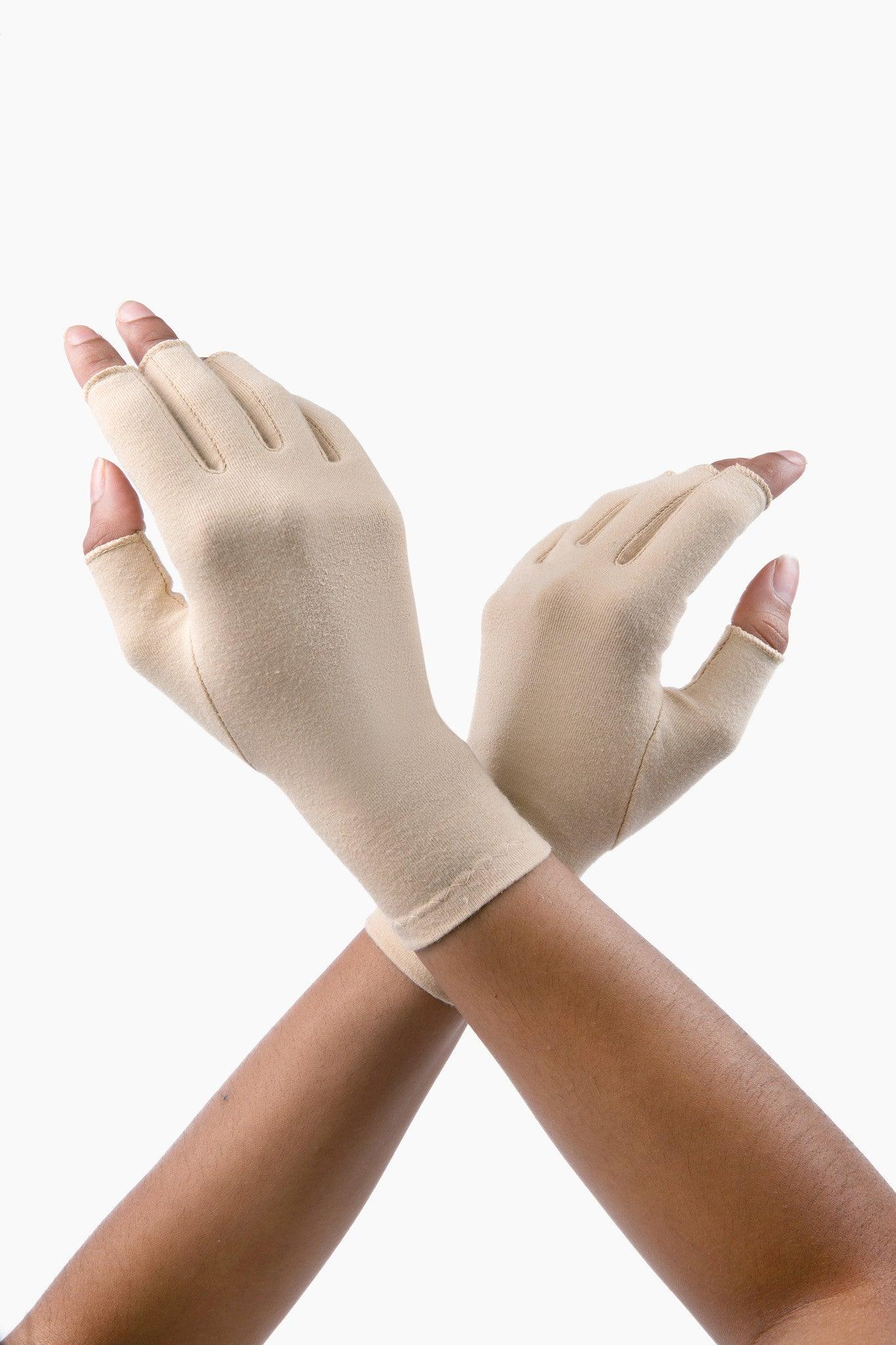
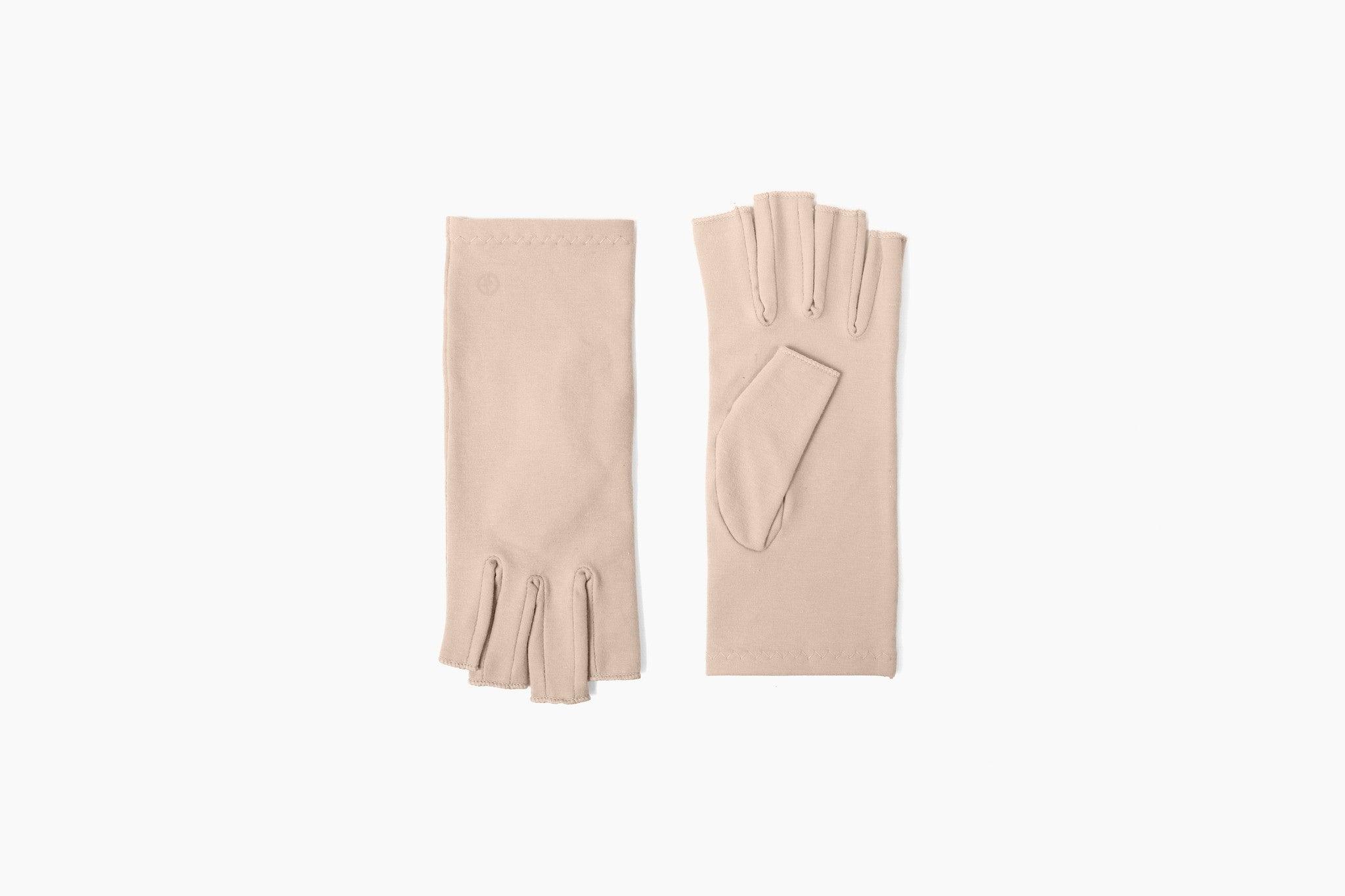
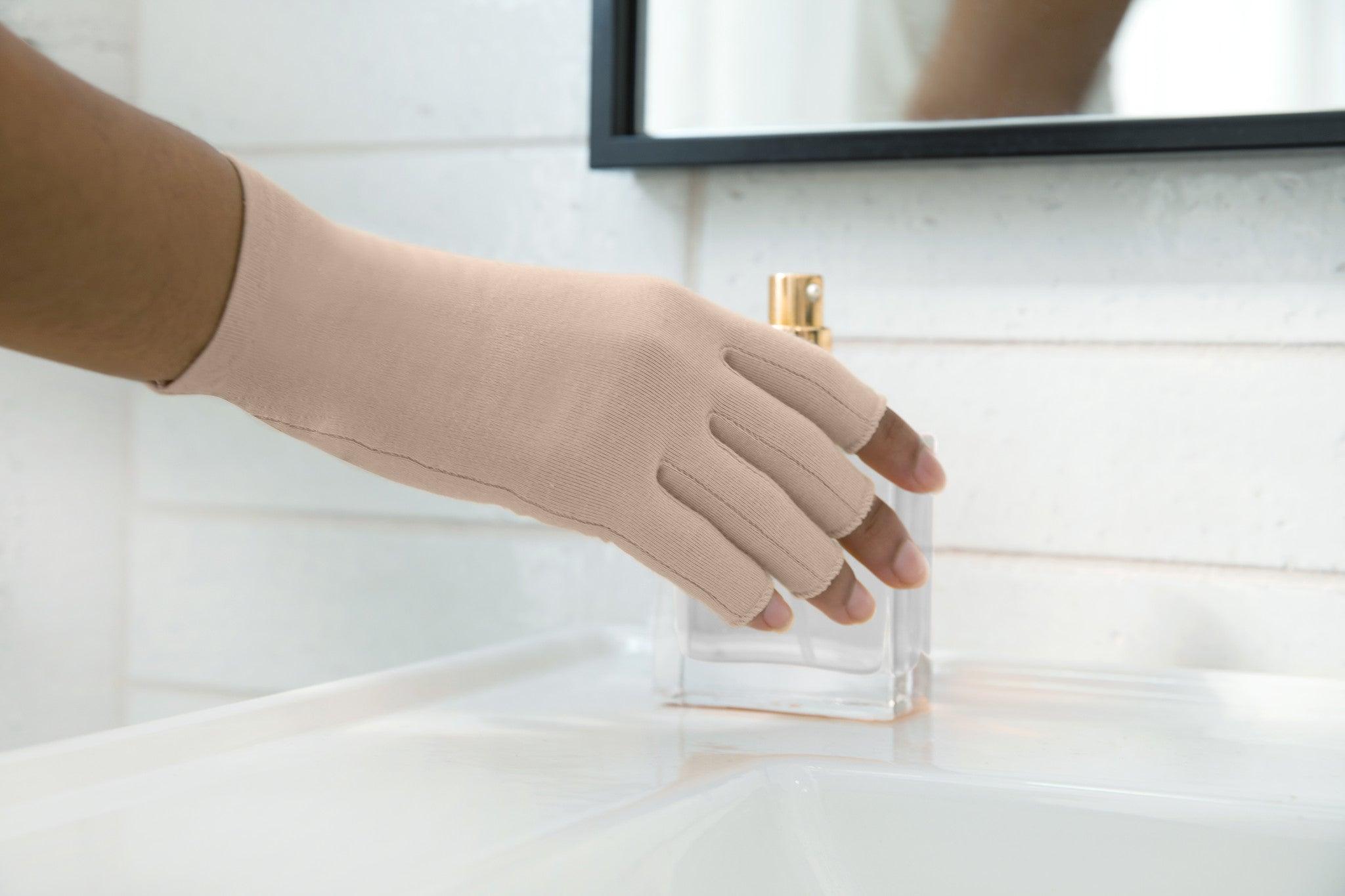
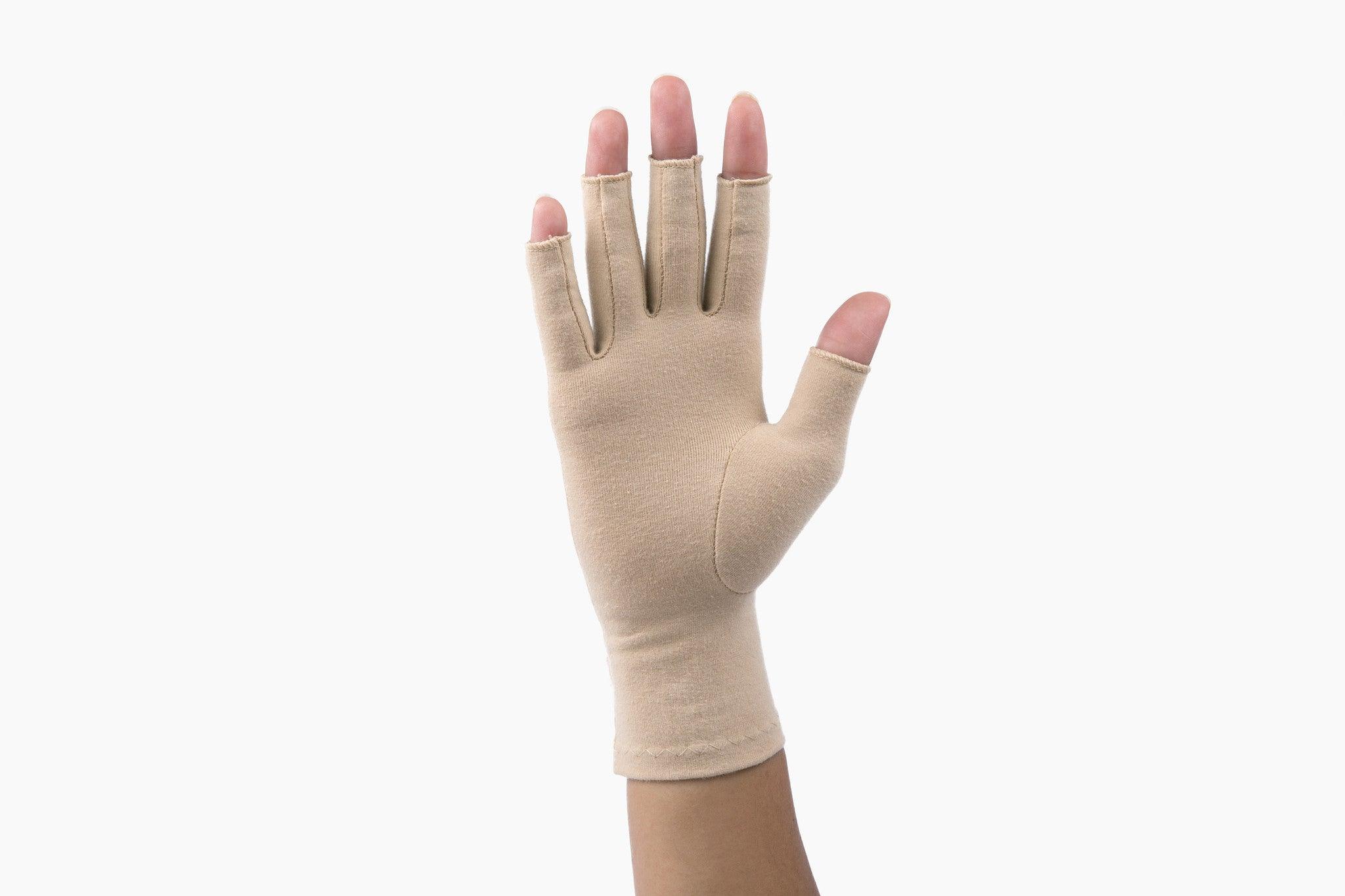
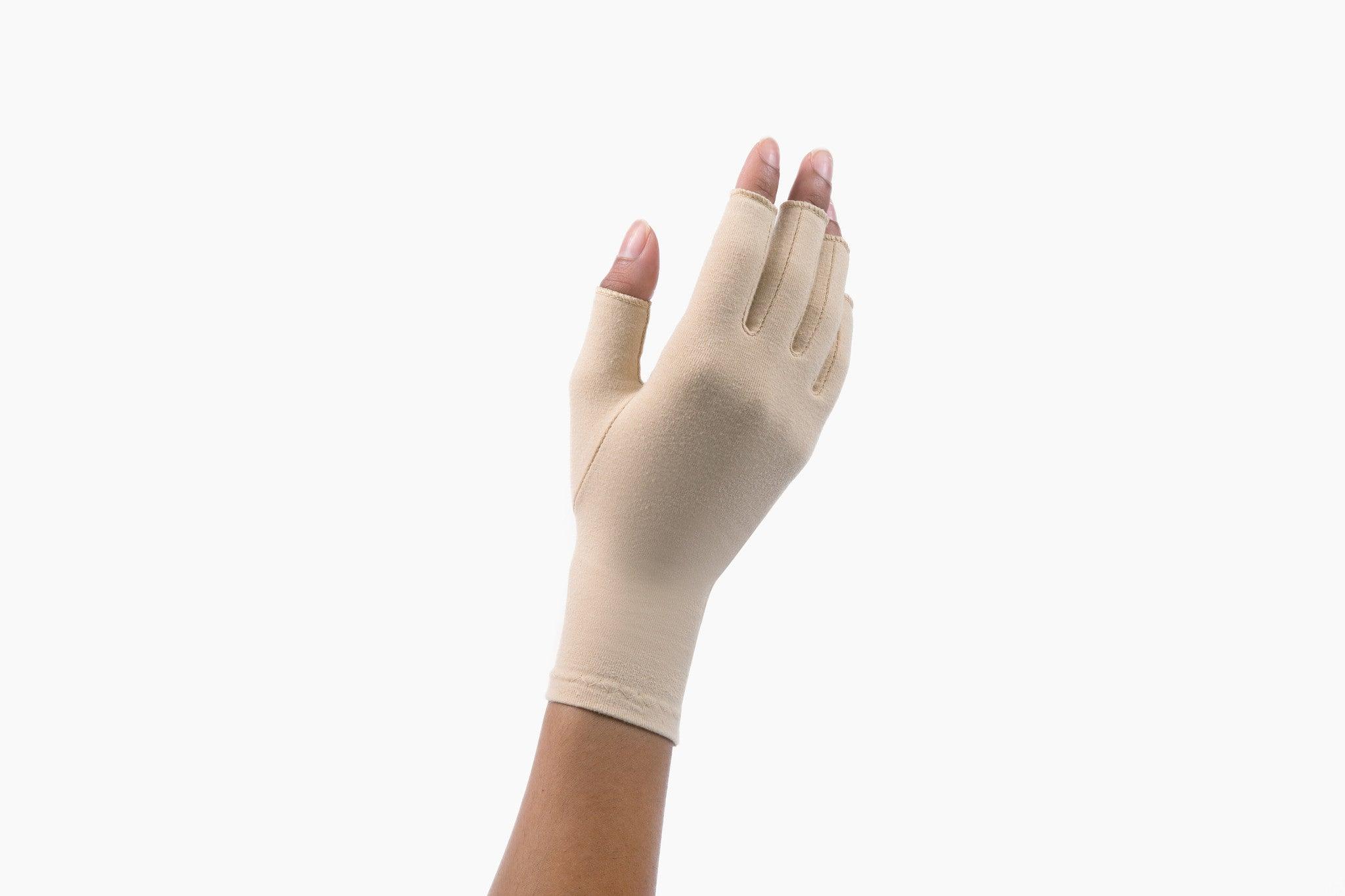
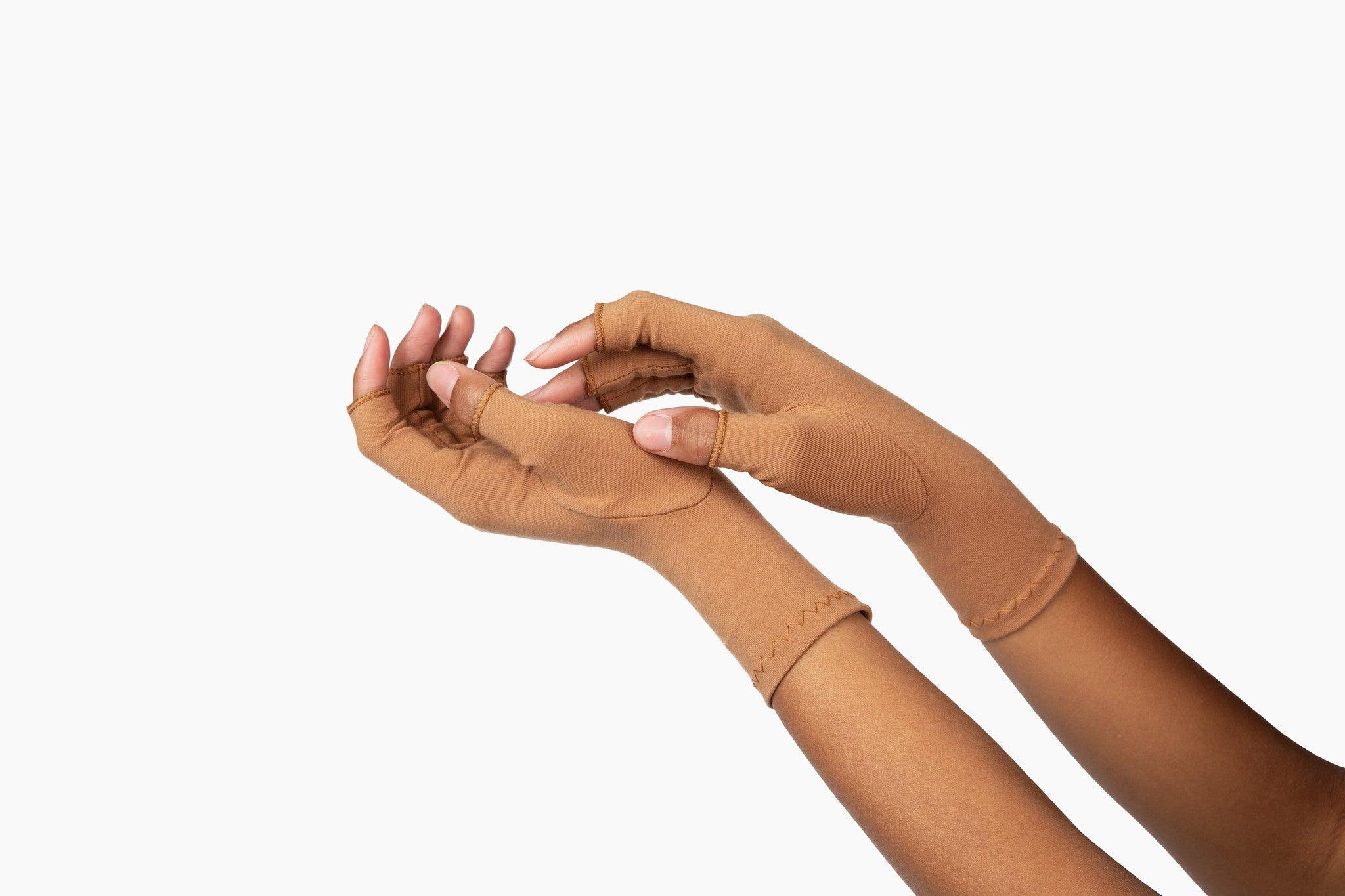
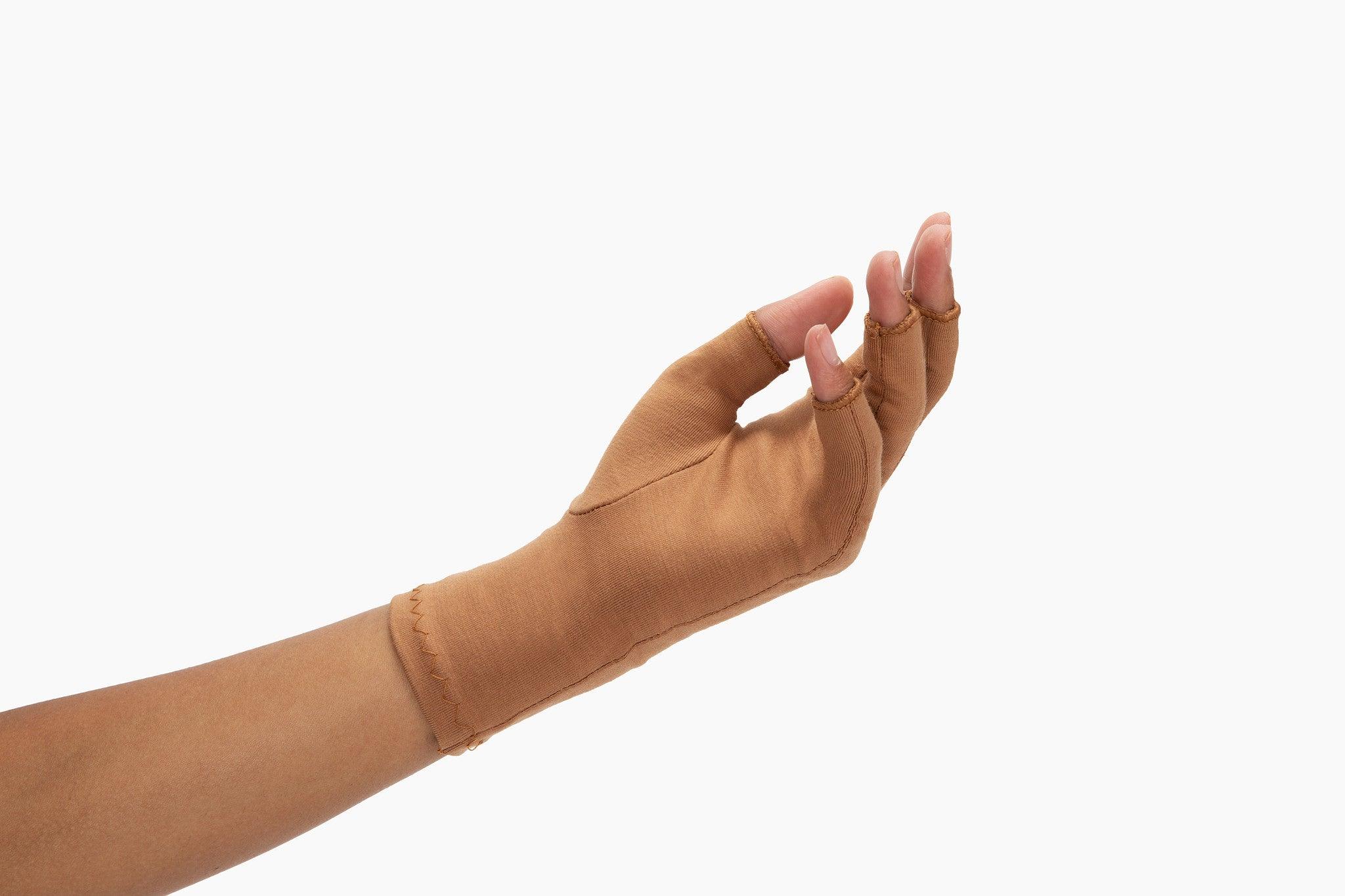
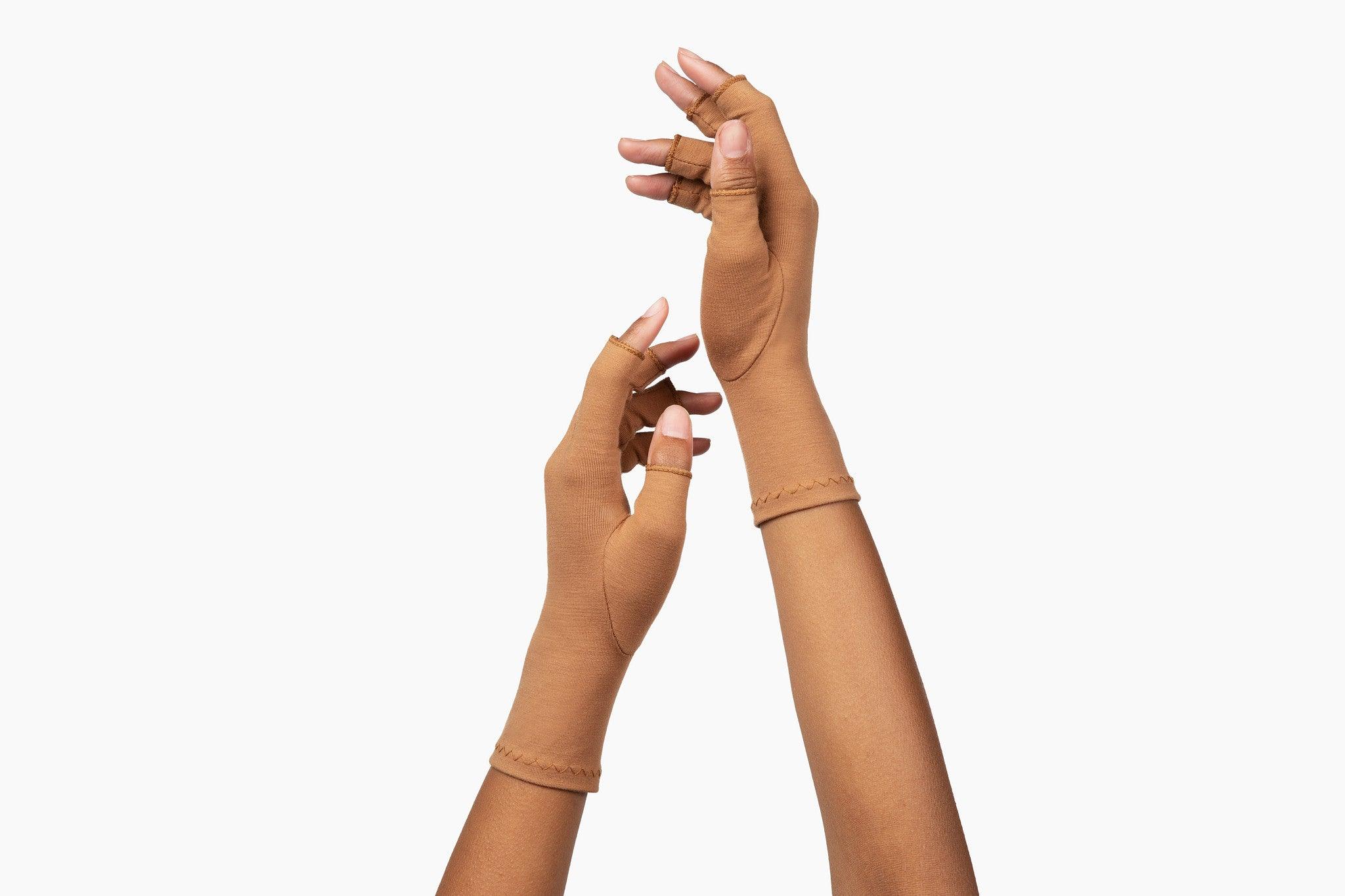
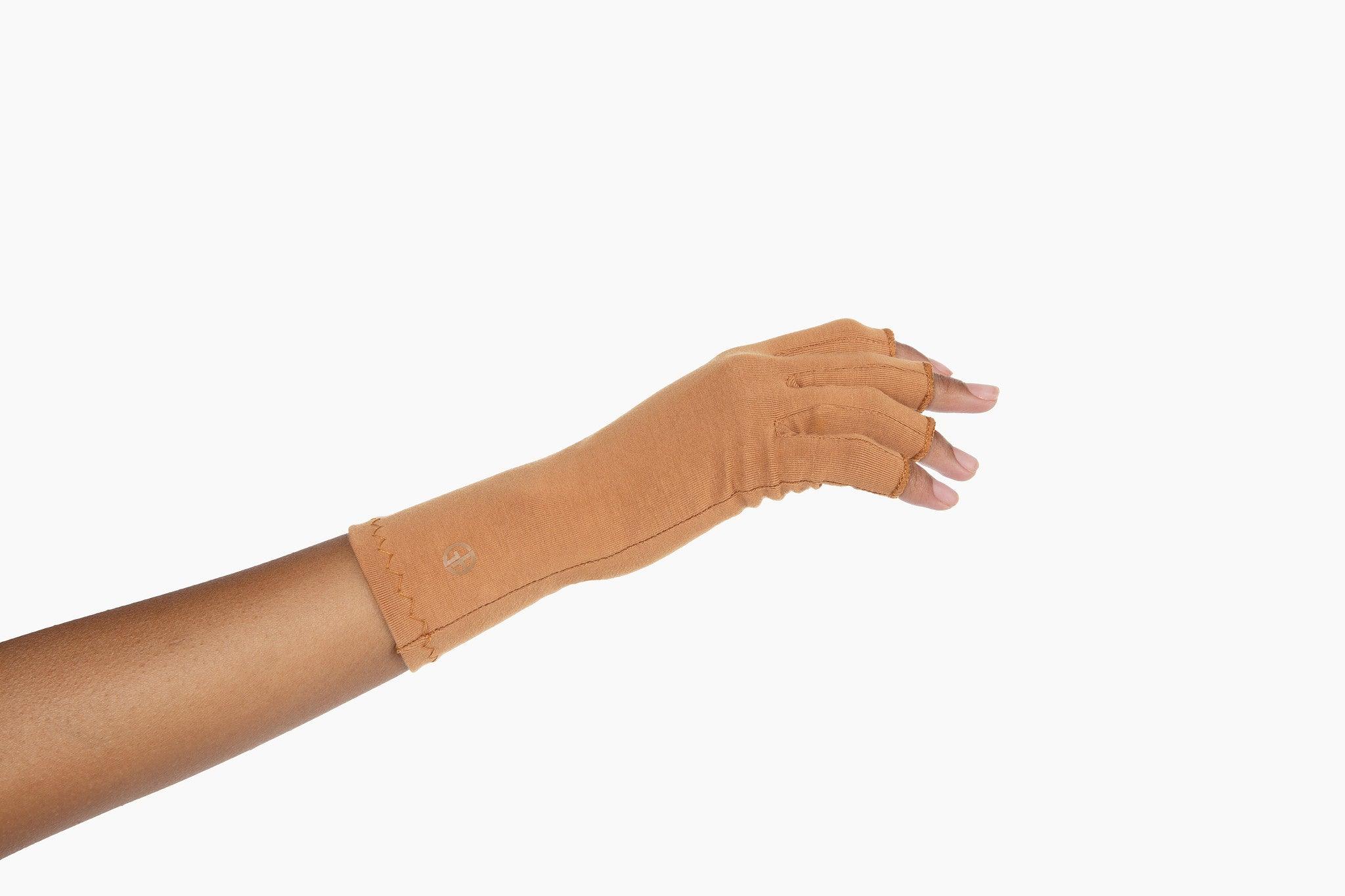
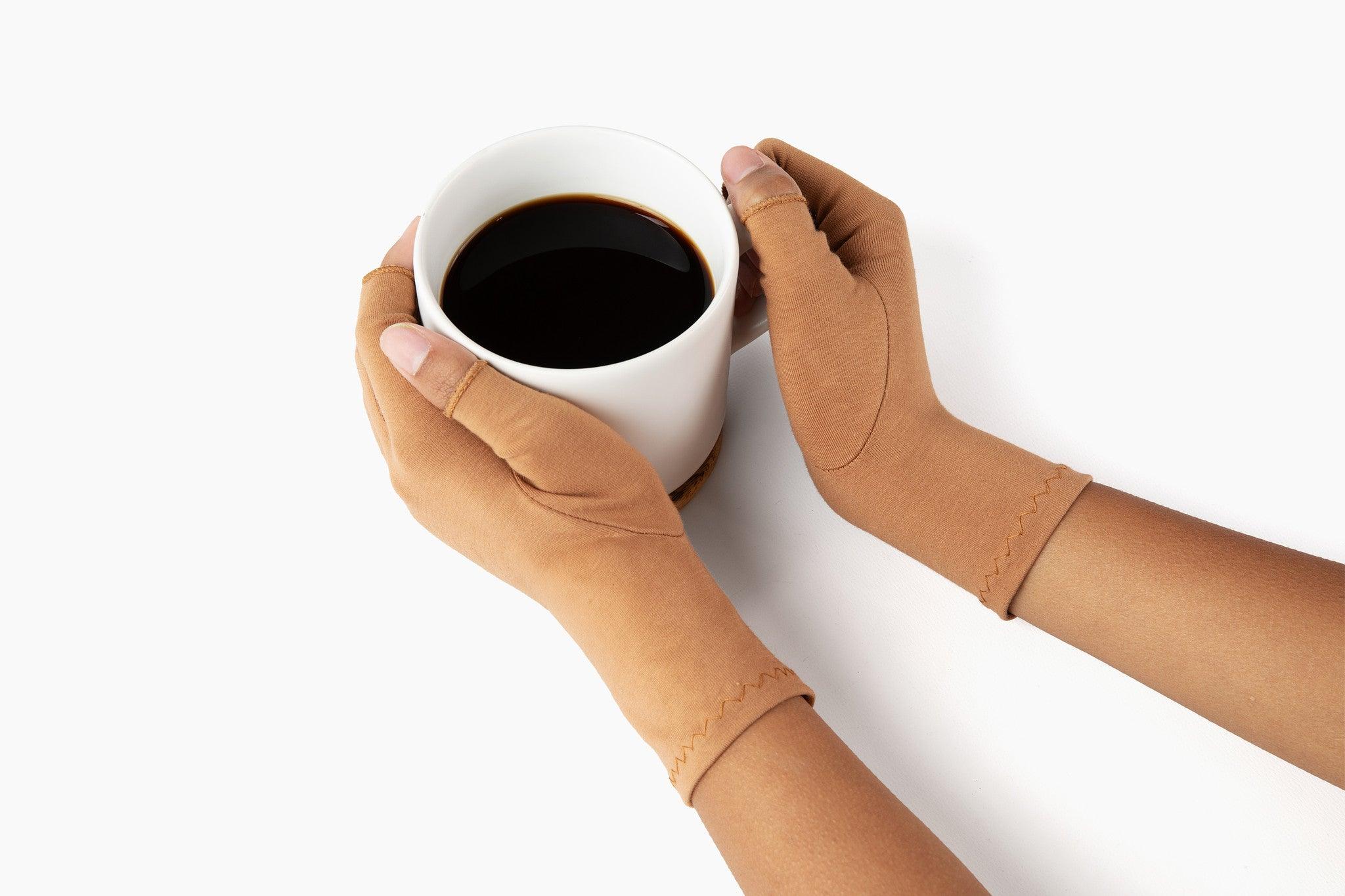

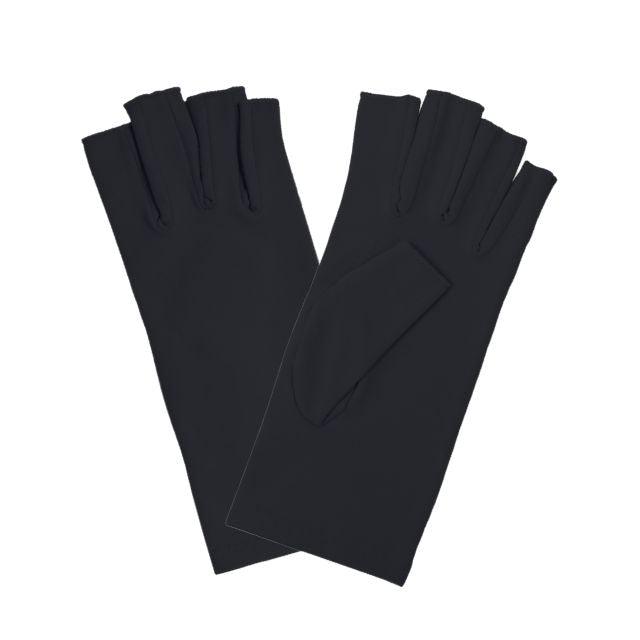
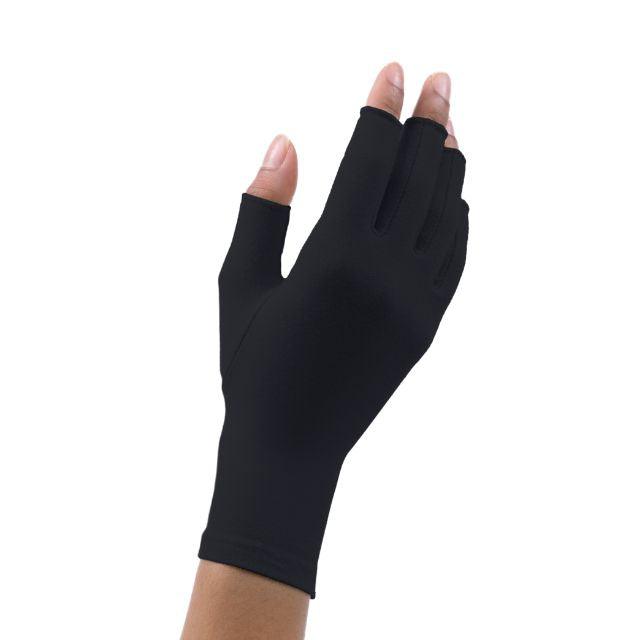
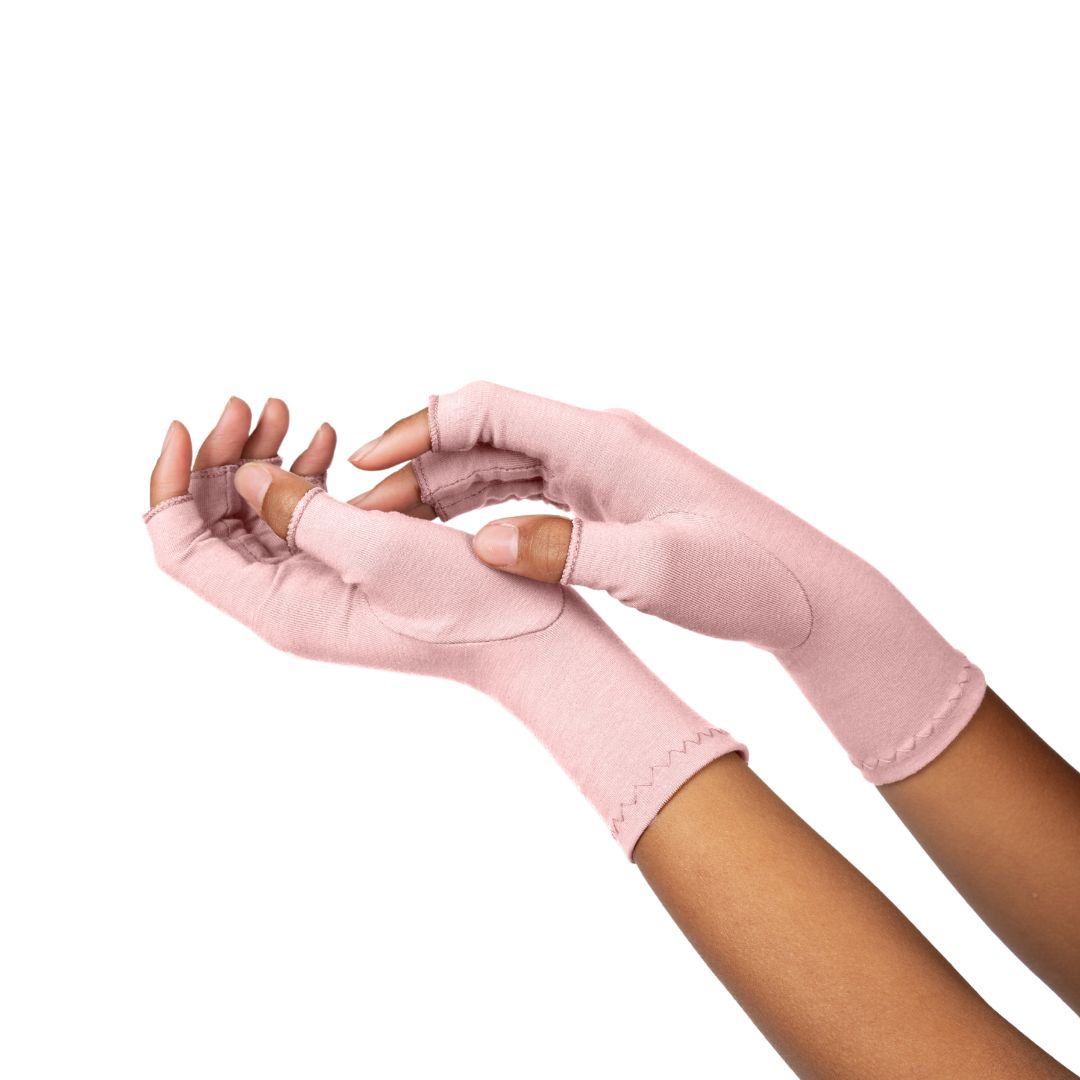
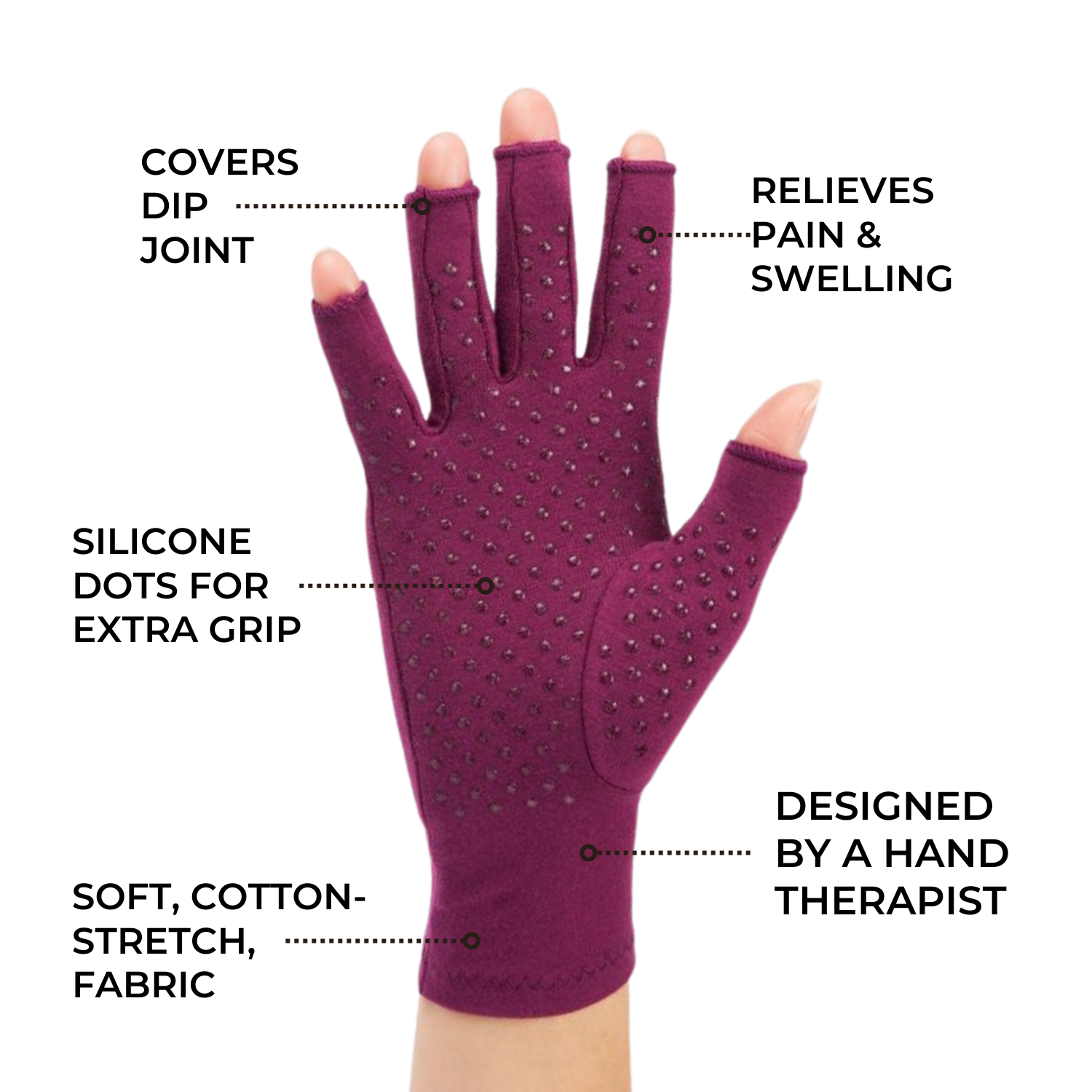
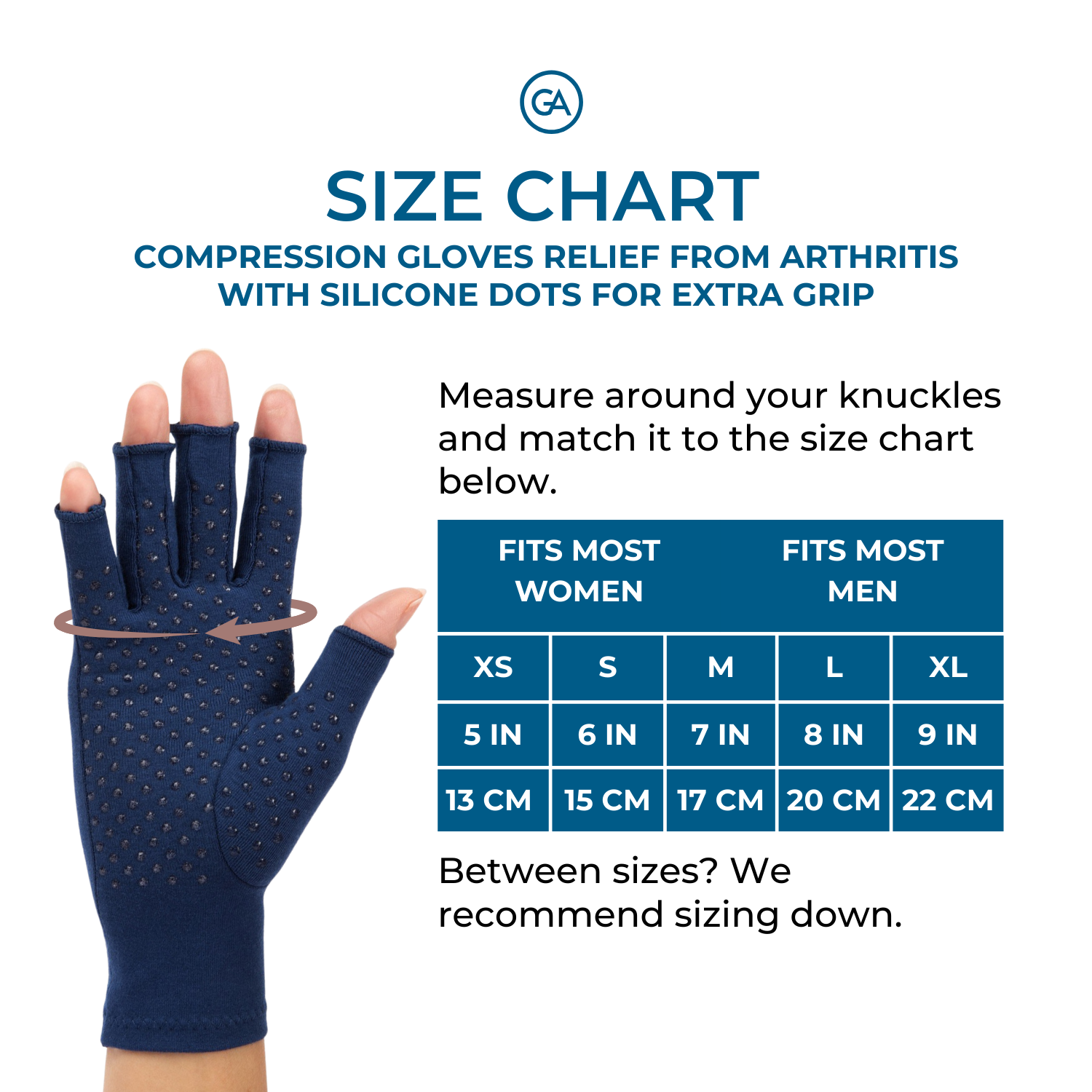
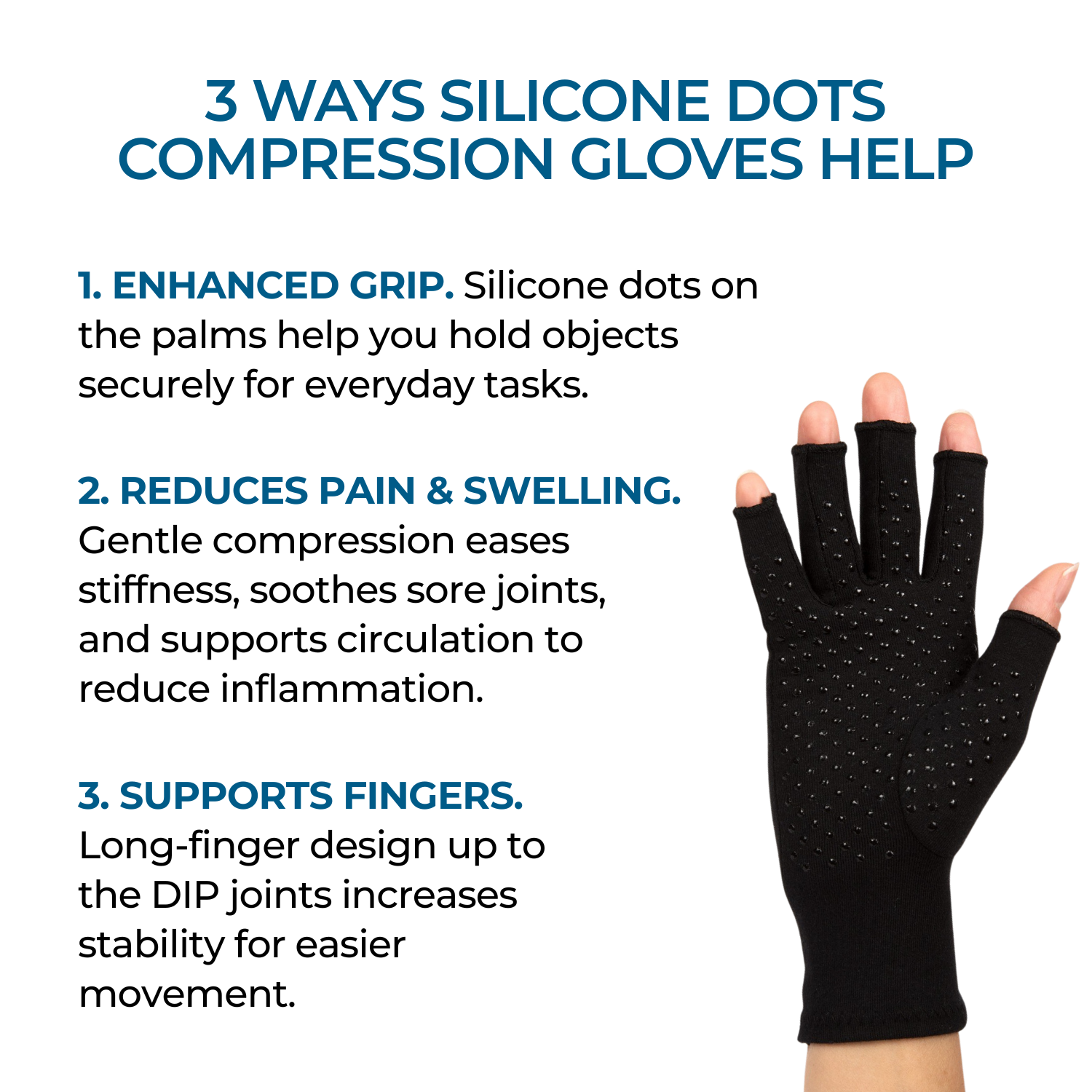
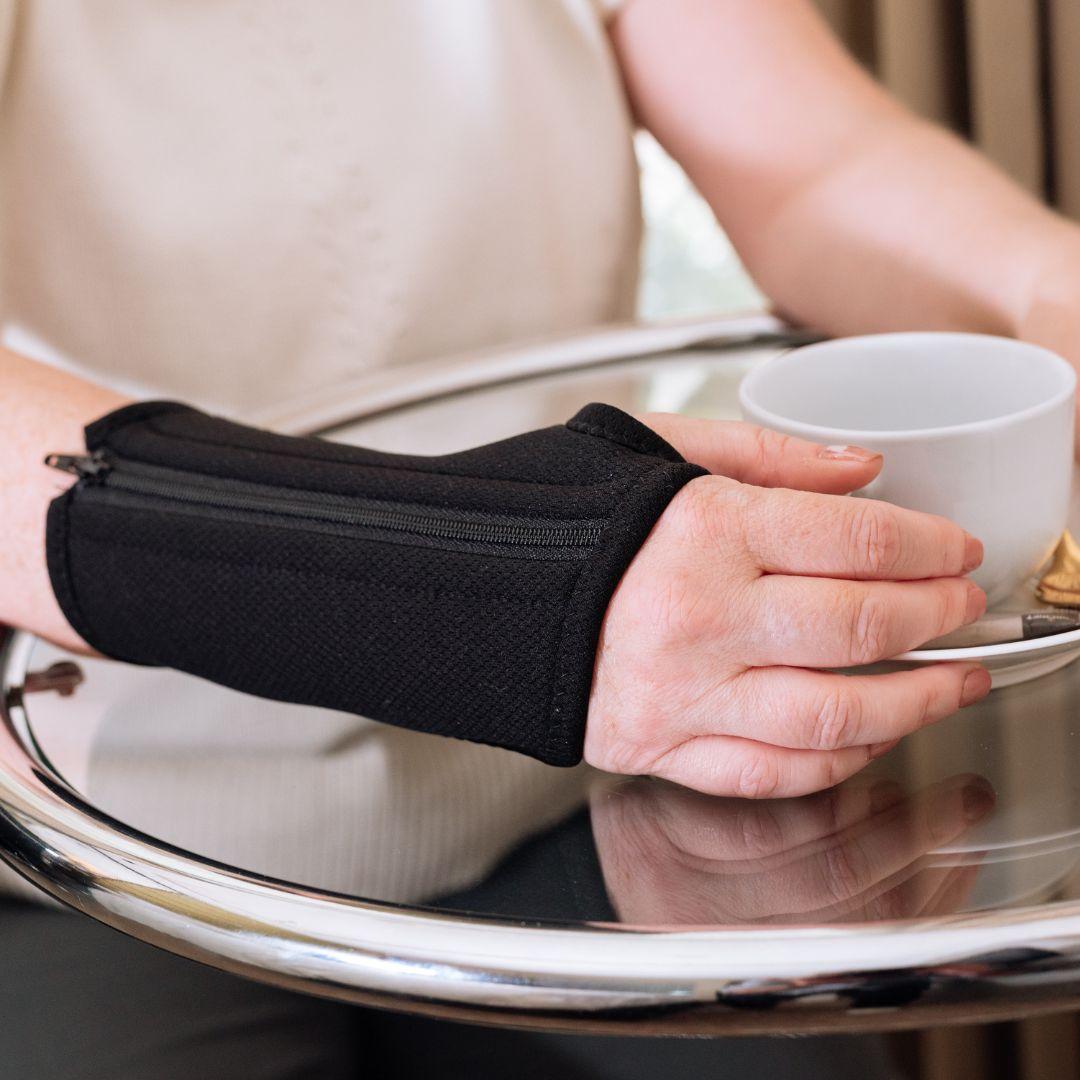
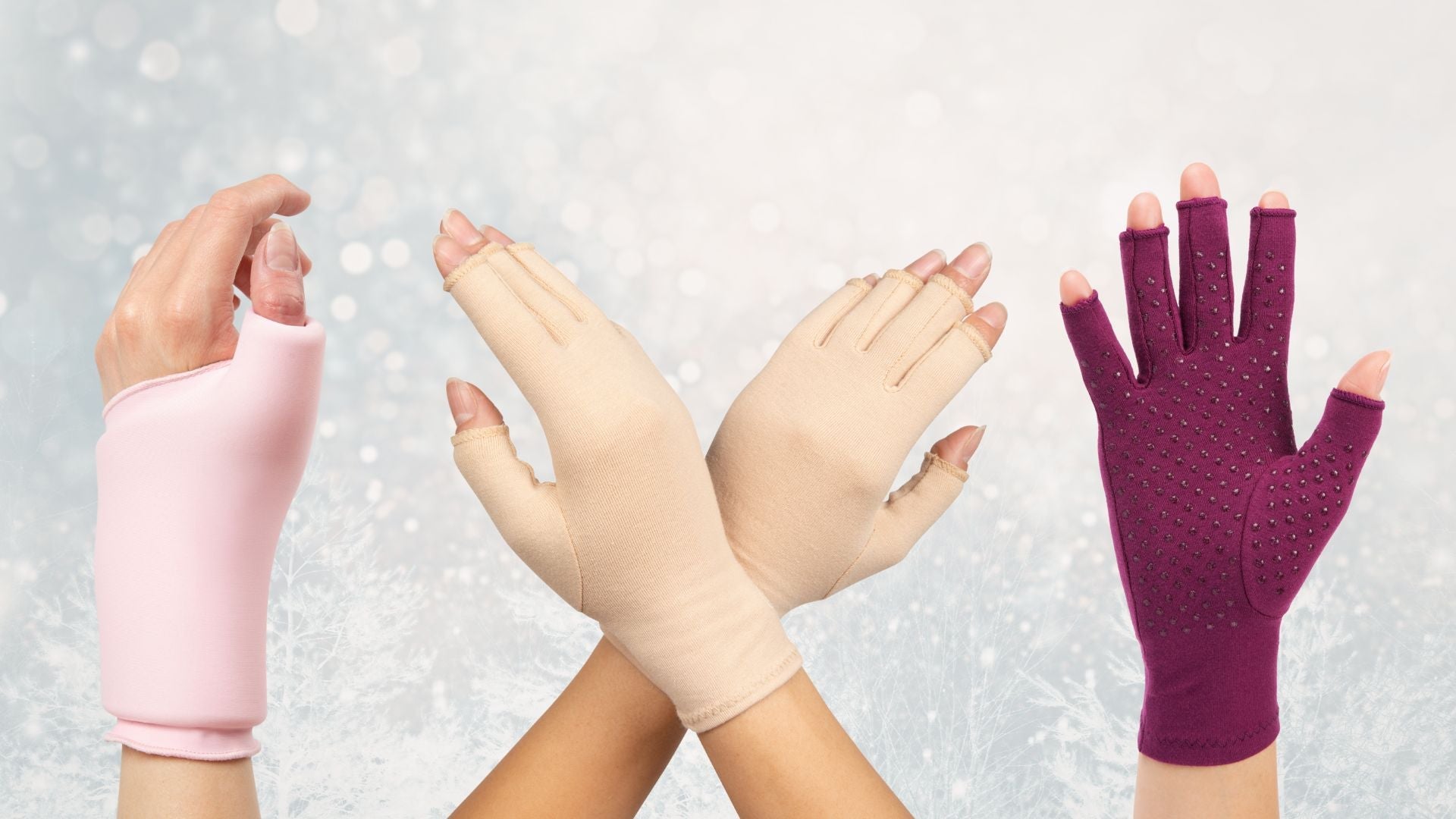


Share and get 15% off!
Simply share this product on one of the following social networks and you will unlock 15% off!